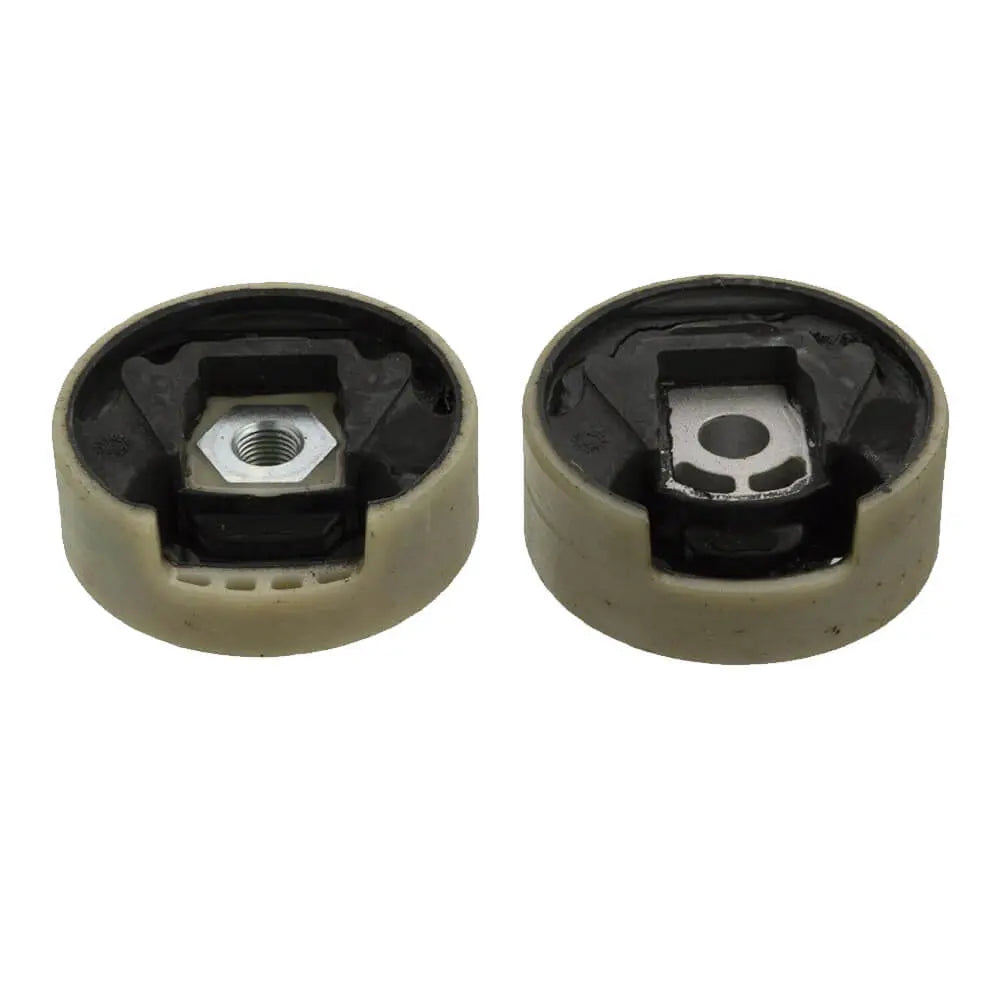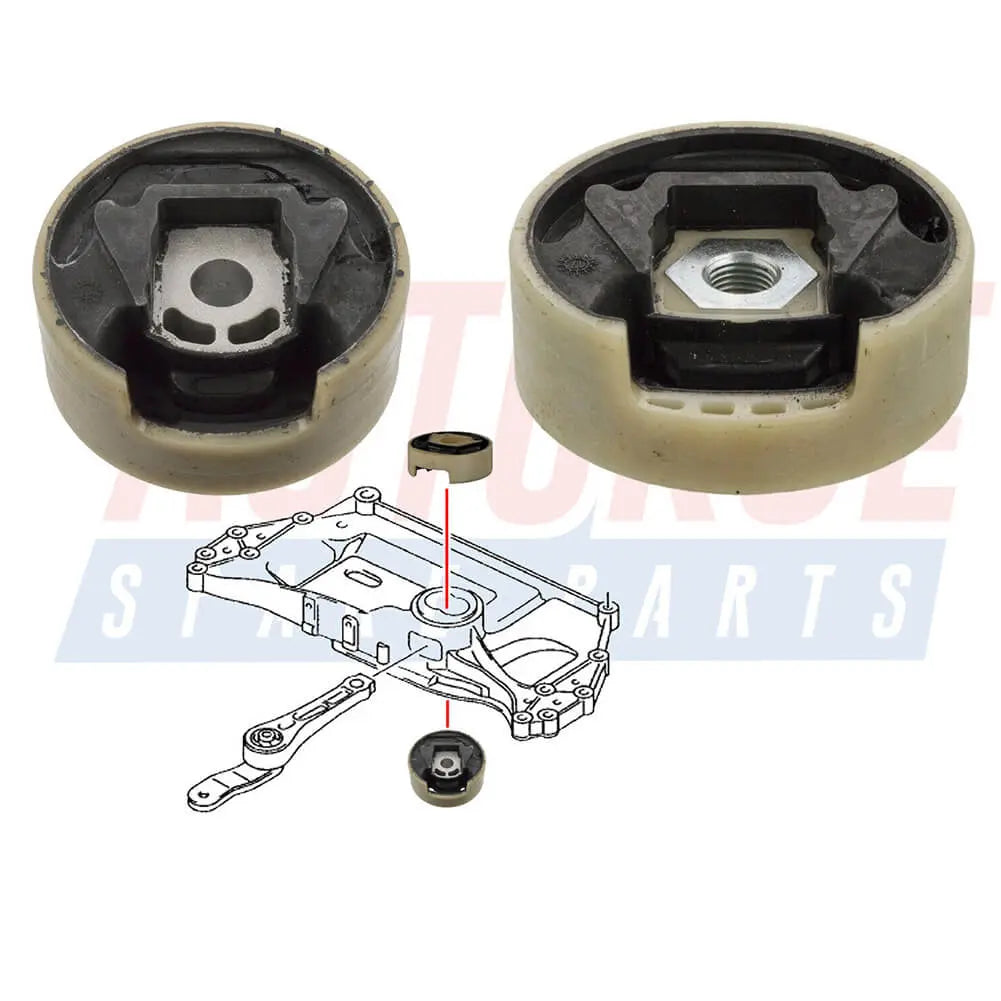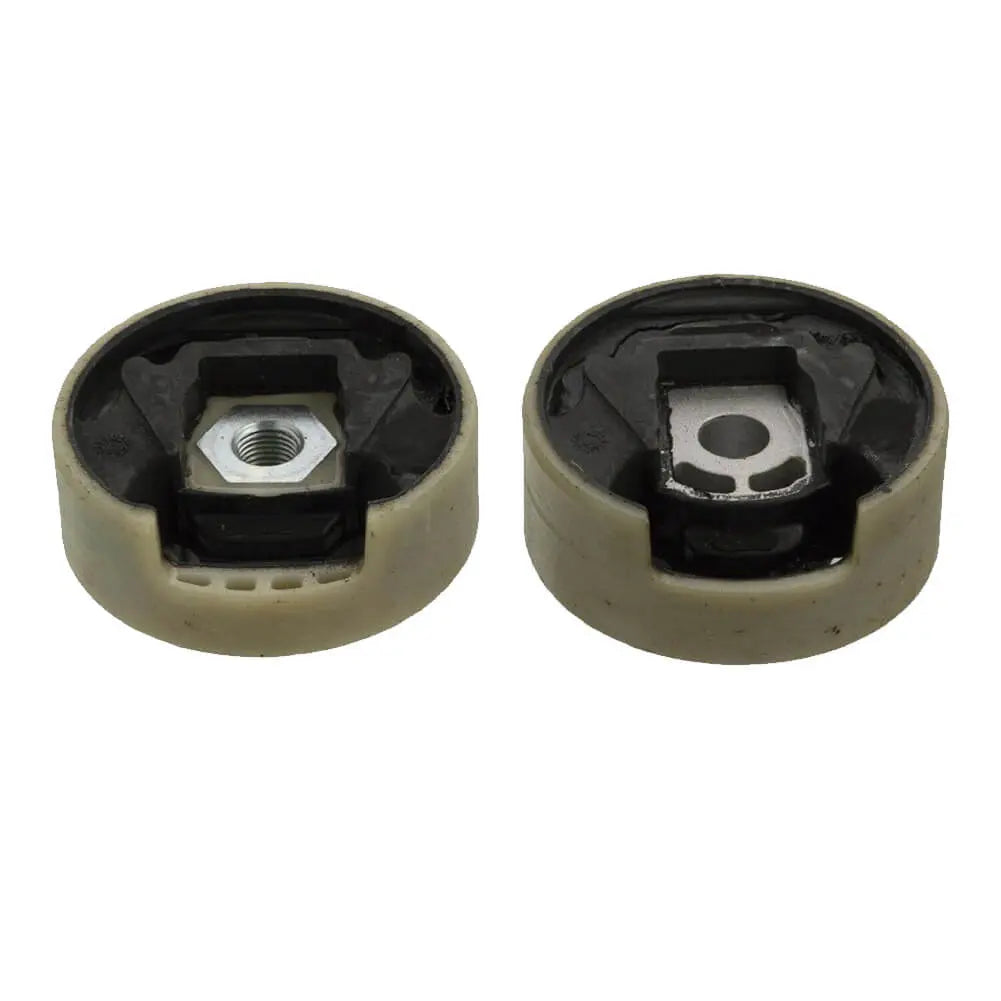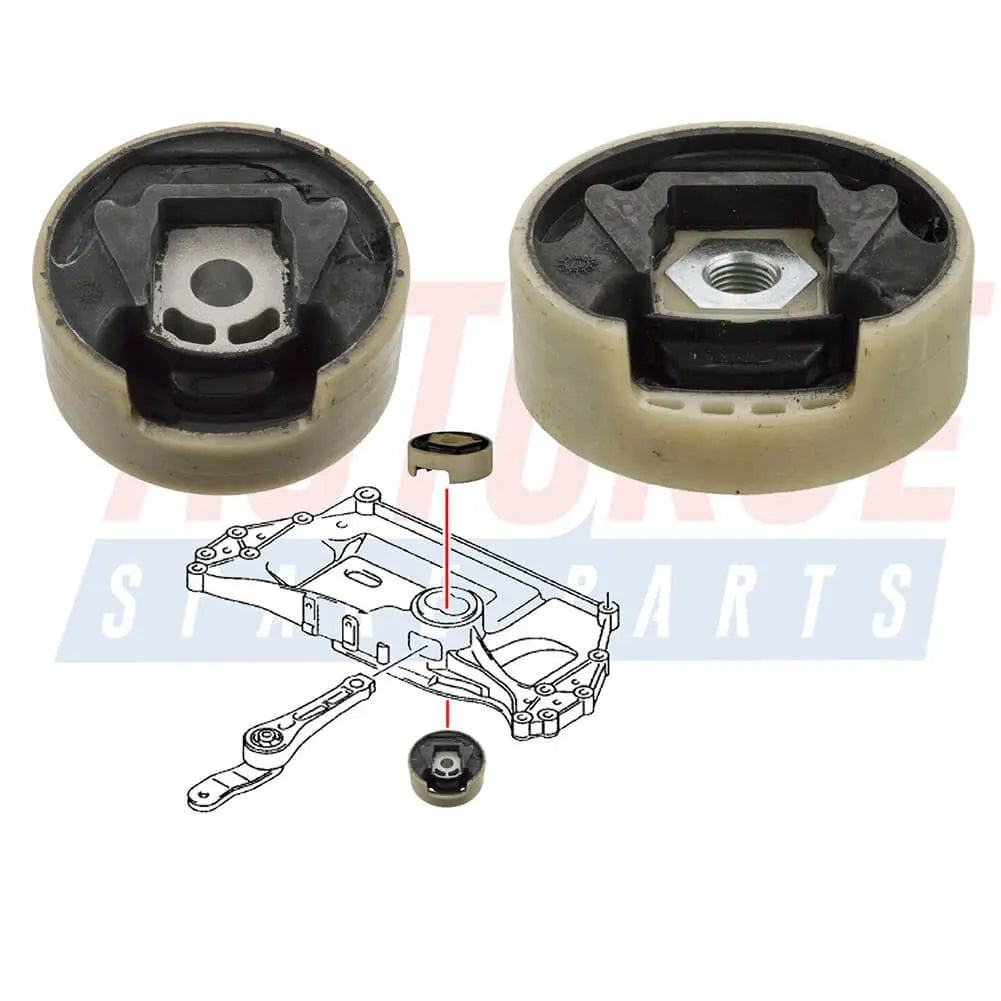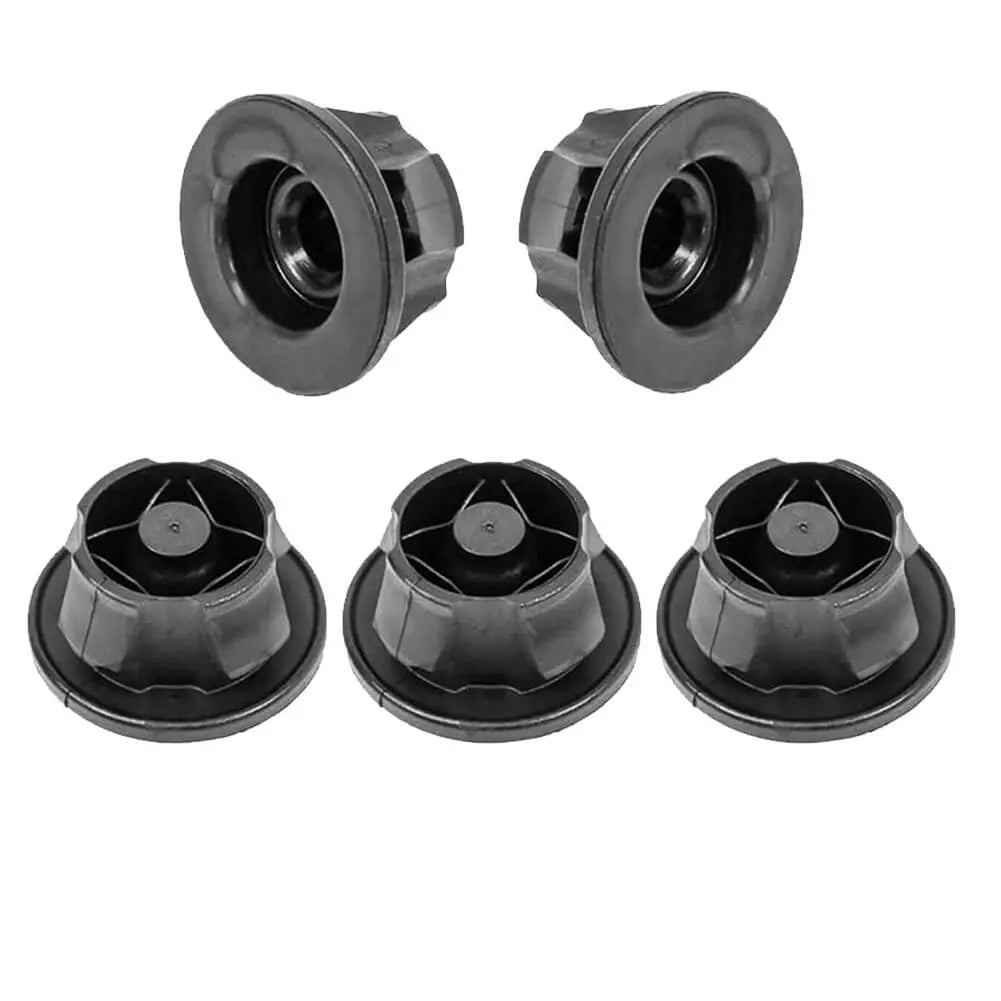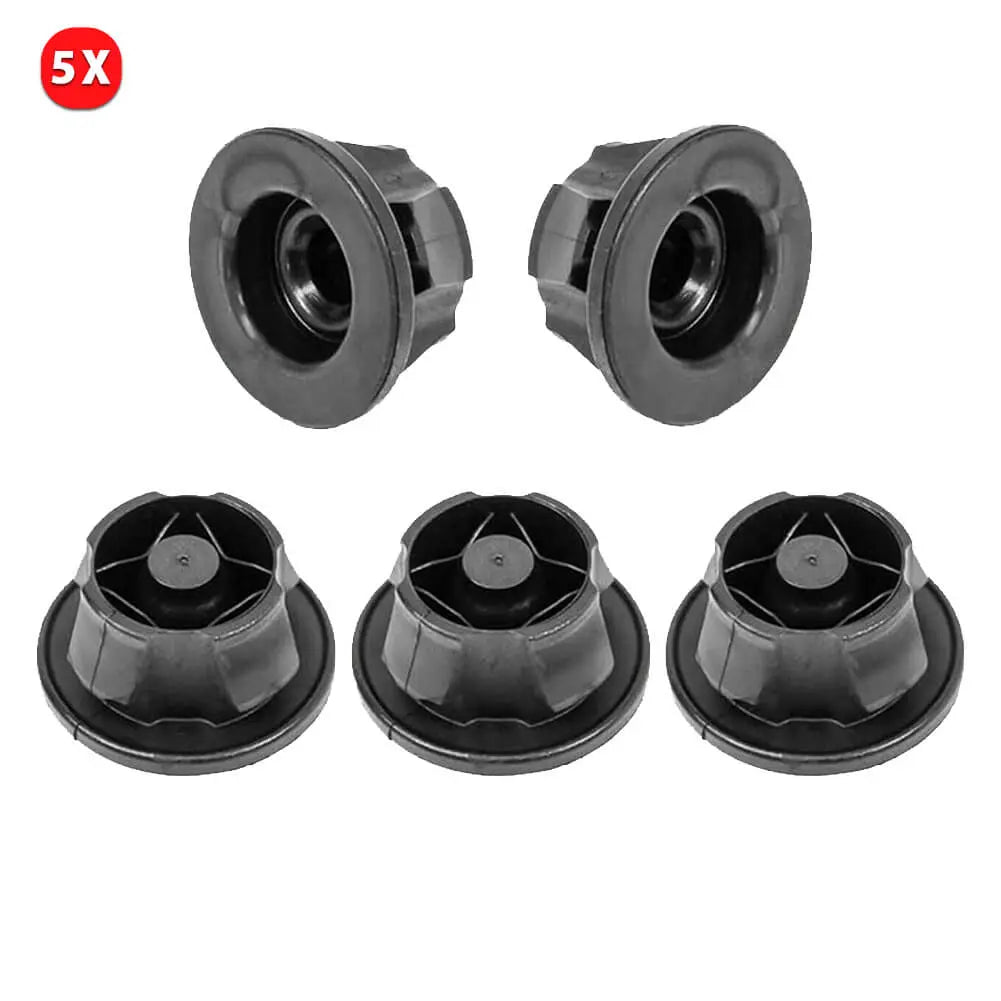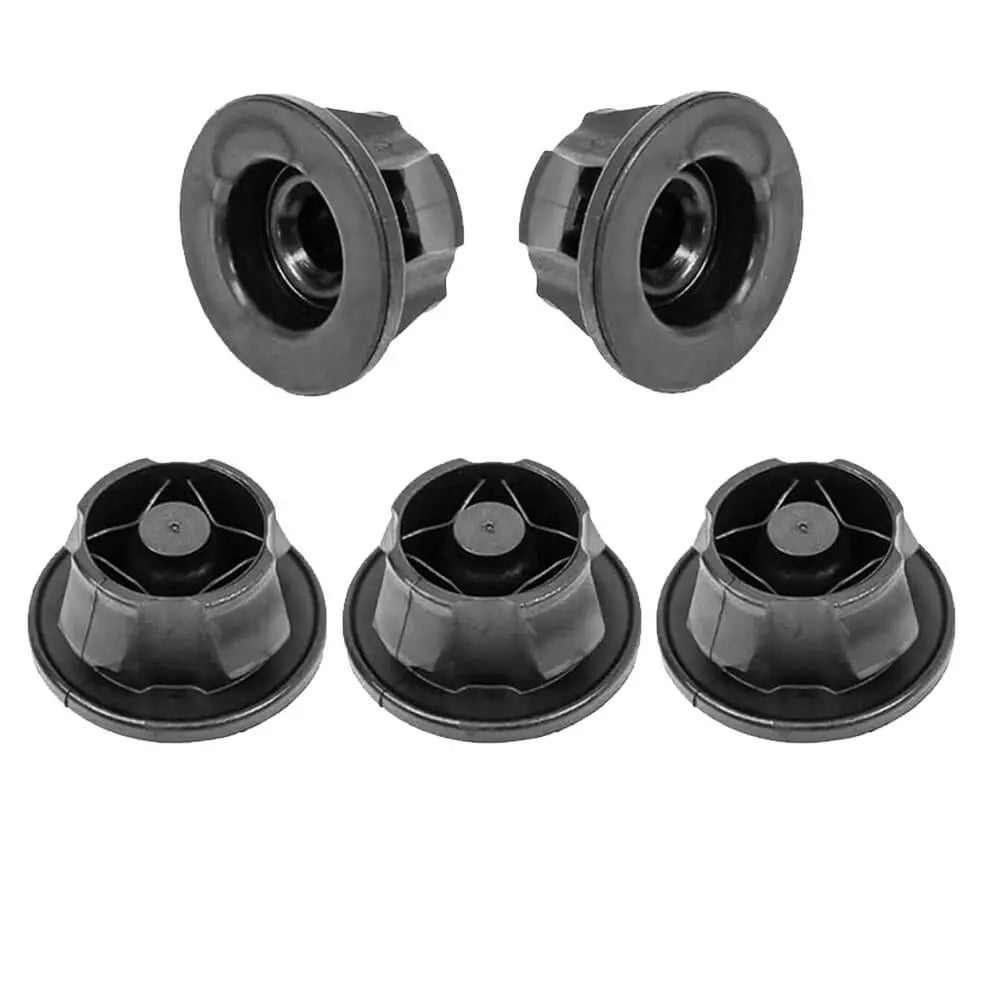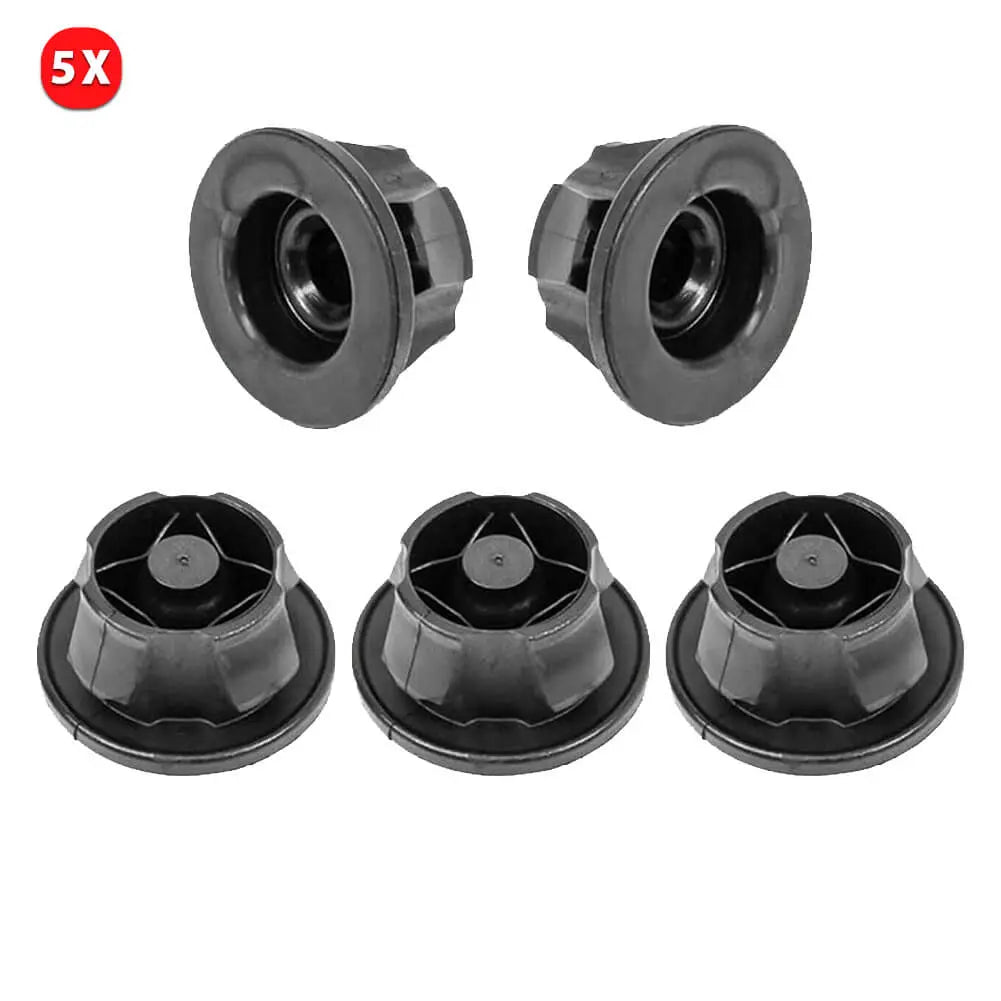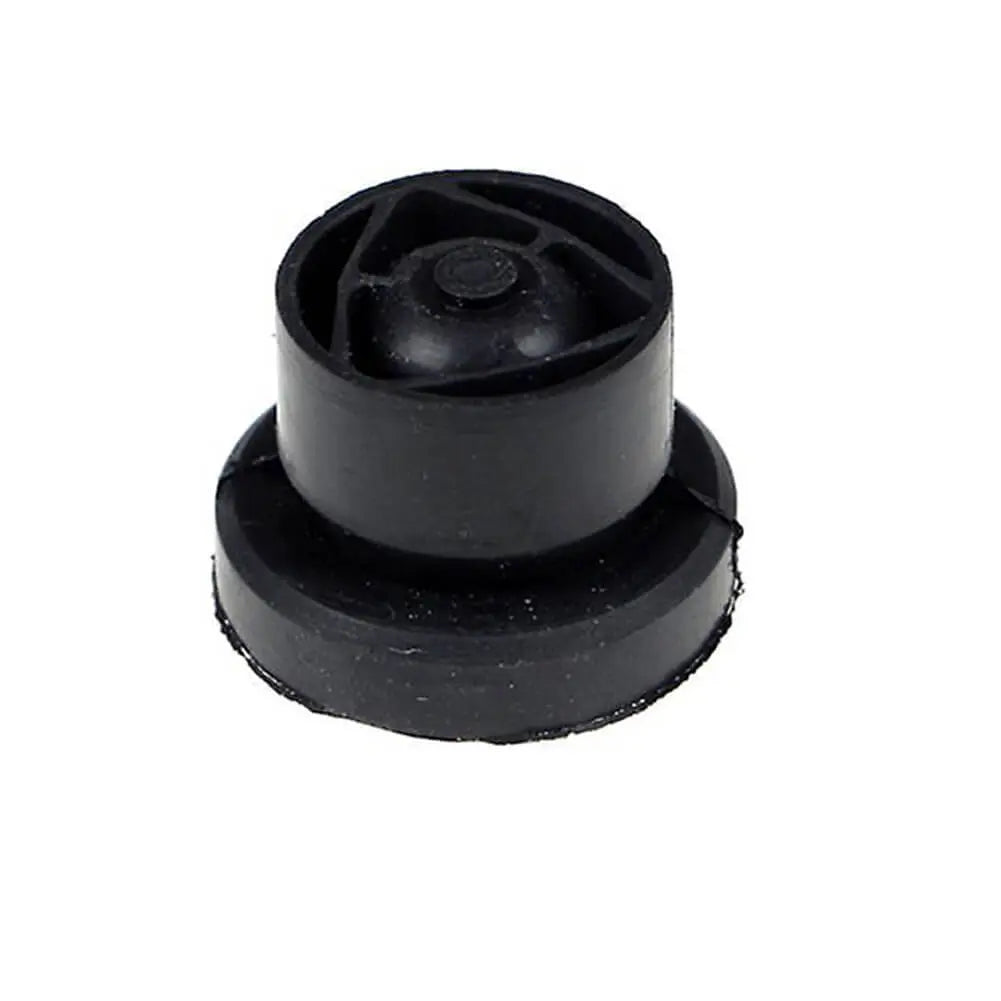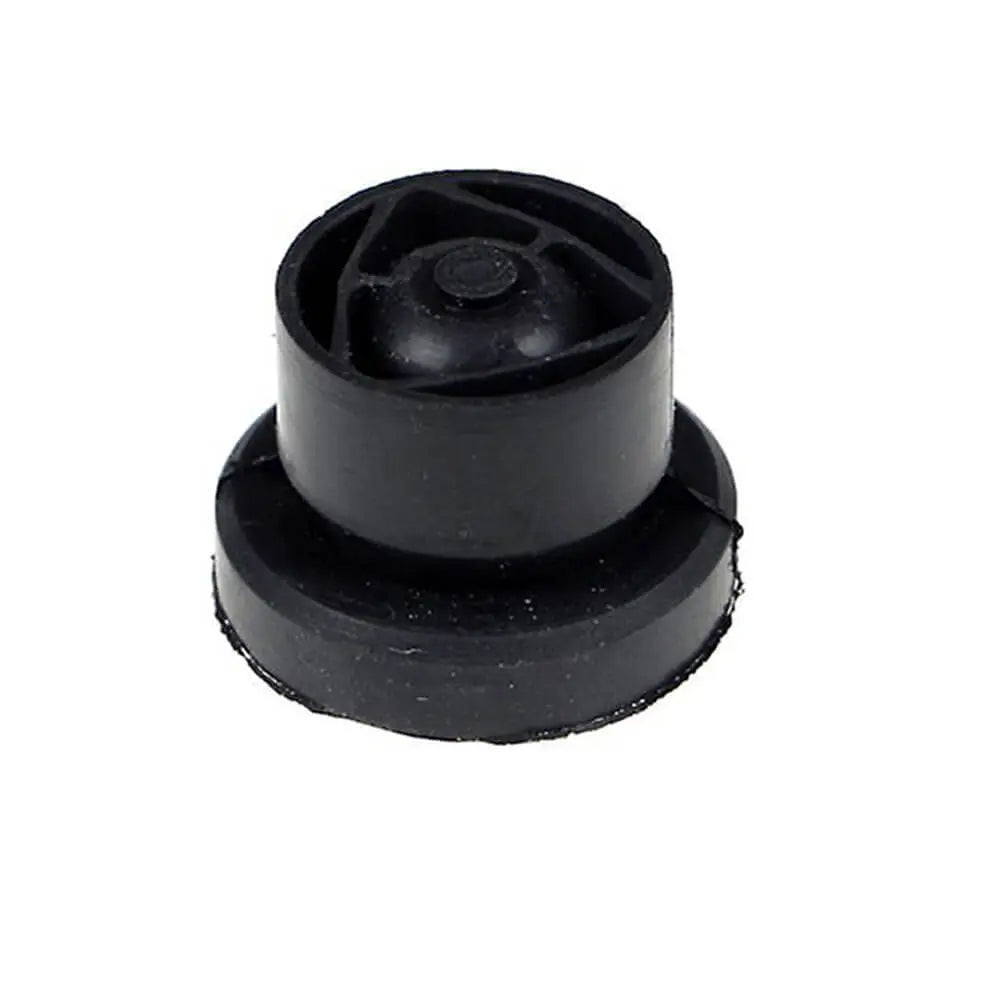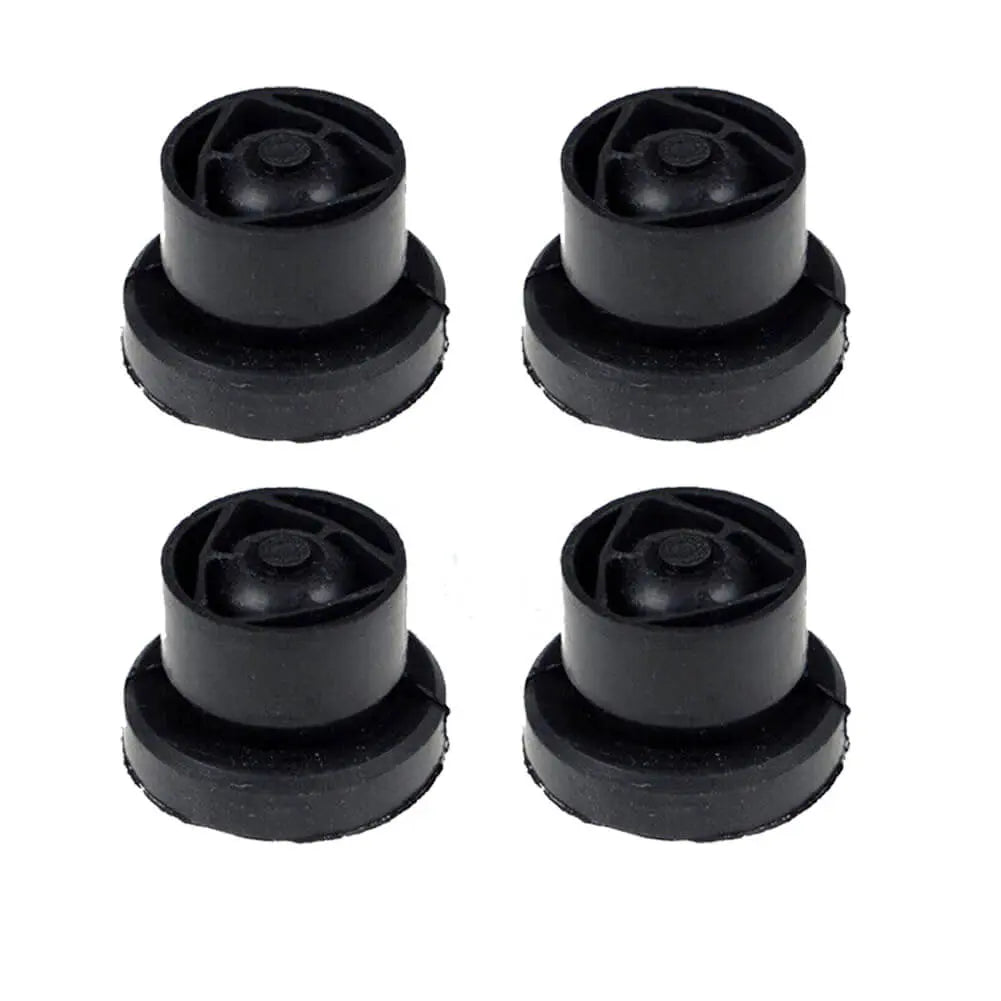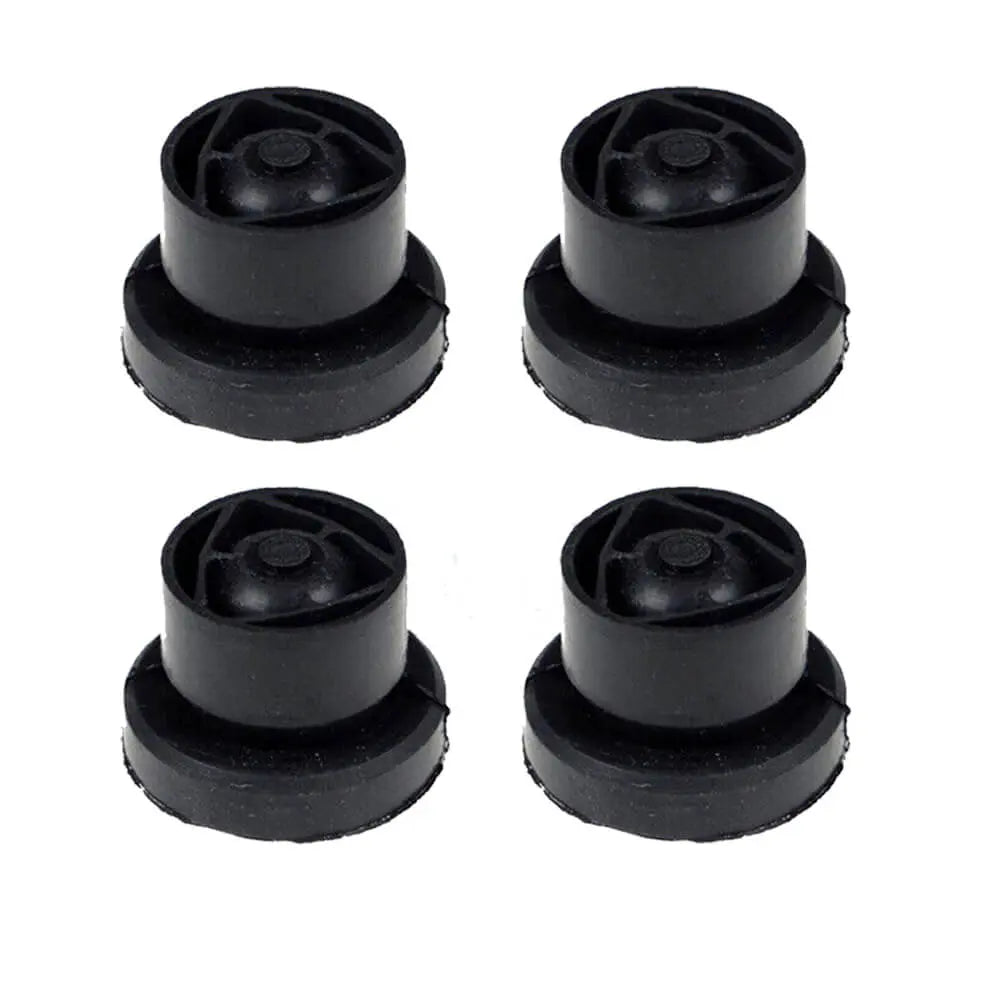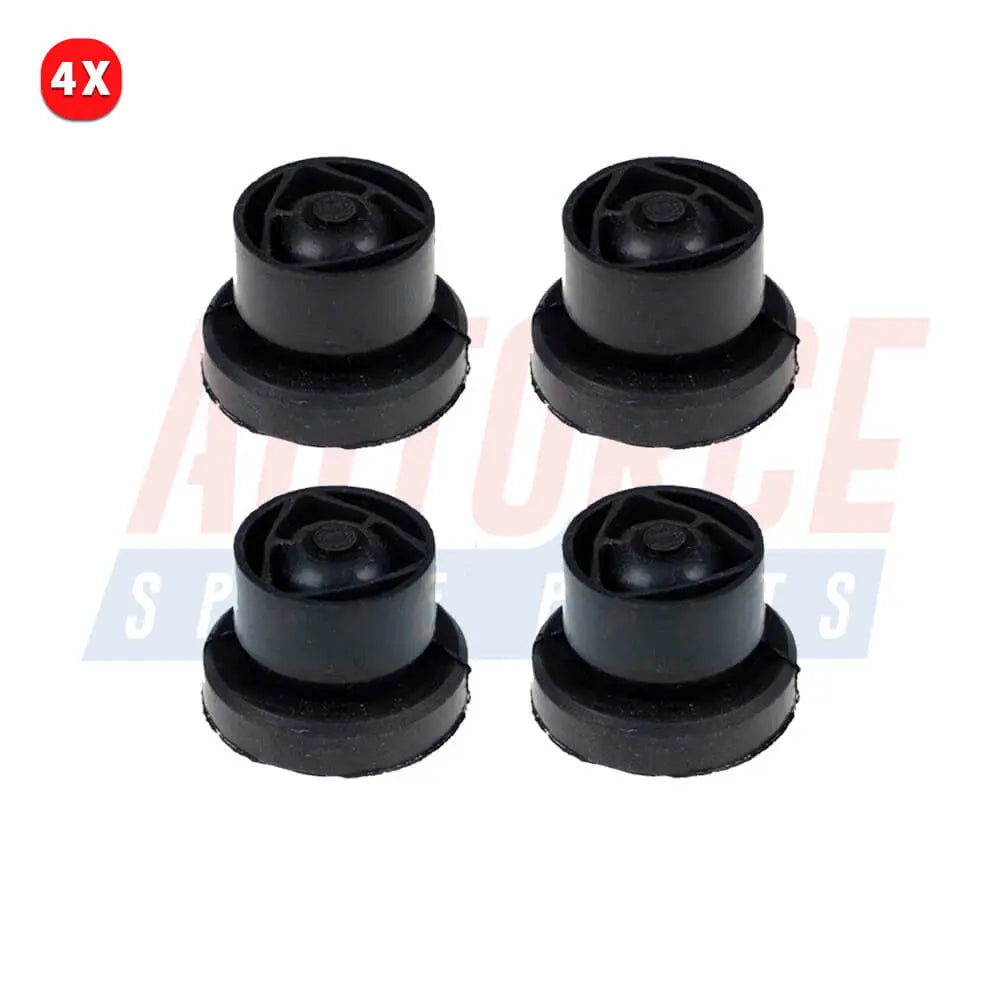Shop by Category
Engine Mount
41 products
Showing 1 - 24 of 41 products
Understanding the Importance of Car Engine Mounts for Smooth and Stable Performance
When it comes to the smooth operation of your vehicle, several components work together to ensure a comfortable and reliable driving experience. One crucial element that often goes unnoticed is the car engine mount. Engine mounts play a vital role in providing stability, reducing vibrations, and absorbing engine noise. In this article, we will delve into the significance of car engine mounts and how they contribute to overall vehicle performance.
What are Car Engine Mounts?
Car engine mounts, also known as motor mounts, are components designed to secure the engine to the chassis of the vehicle. They consist of metal brackets or plates, rubber or polyurethane bushings, and bolts. Engine mounts are strategically positioned to hold the engine firmly in place while allowing slight movement to absorb vibrations and reduce the transmission of engine noise and harshness into the cabin.Importance of Engine Mounts:
Stability and Handling: Engine mounts play a crucial role in maintaining the stability and handling characteristics of a vehicle. By securely attaching the engine to the chassis, they help minimize engine movement during acceleration, braking, and cornering. This improves overall vehicle control and enhances the driving experience.1. Vibration Dampening: Engines generate vibrations as a result of their operation. These vibrations, if not properly controlled, can be transmitted throughout the vehicle, leading to an uncomfortable ride. Engine mounts incorporate rubber or polyurethane bushings that act as dampeners, absorbing and isolating engine vibrations. This reduces the transfer of vibrations to the chassis and, subsequently, to the occupants of the vehicle.
2. Noise Reduction: Along with vibrations, engines produce various noises during operation. Engine mounts help reduce the transmission of engine noise into the cabin by isolating the engine from the rest of the vehicle's structure. The rubber or polyurethane bushings in the mounts act as sound insulators, minimizing the noise levels and providing a quieter cabin environment.
3. Component Protection: Engine mounts also play a role in protecting other components within the engine bay. By securely holding the engine in place, they prevent excessive movement or shifting that could lead to damage or misalignment of various engine parts, such as the exhaust system, coolant hoses, and electrical connections.
Signs of Engine Mount Problems:
Over time, engine mounts can wear out or become damaged due to constant exposure to engine heat, oil leaks, and general wear and tear. Some signs of engine mount problems include:Excessive engine movement or rocking during acceleration or braking.
Unusual vibrations or noises, especially during idling or when shifting gears.
Visible cracks or damage to the rubber or polyurethane bushings.
Engine misalignment or sagging.
If you notice any of these signs, it is crucial to have your engine mounts inspected and, if necessary, replaced by a qualified mechanic.
Car engine mounts are an often-overlooked yet critical component for the smooth and stable operation of a vehicle. They provide stability, absorb vibrations, reduce engine noise, and protect other engine components. Regular maintenance and inspection of engine mounts can help ensure a comfortable and reliable driving experience. So, next time you hit the road, remember to appreciate the importance of these unsung heroes working diligently beneath your vehicle's hood.
Showing 1 - 24 of 41 products
Display
View
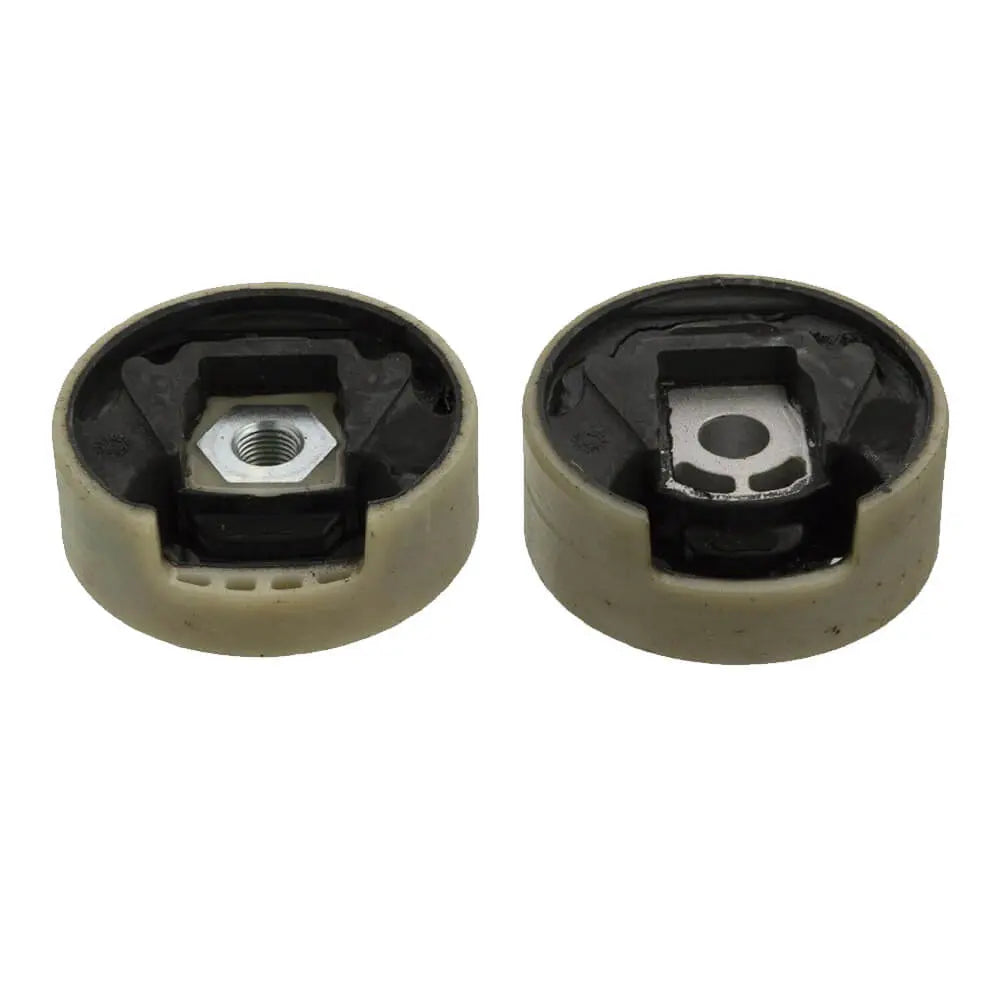
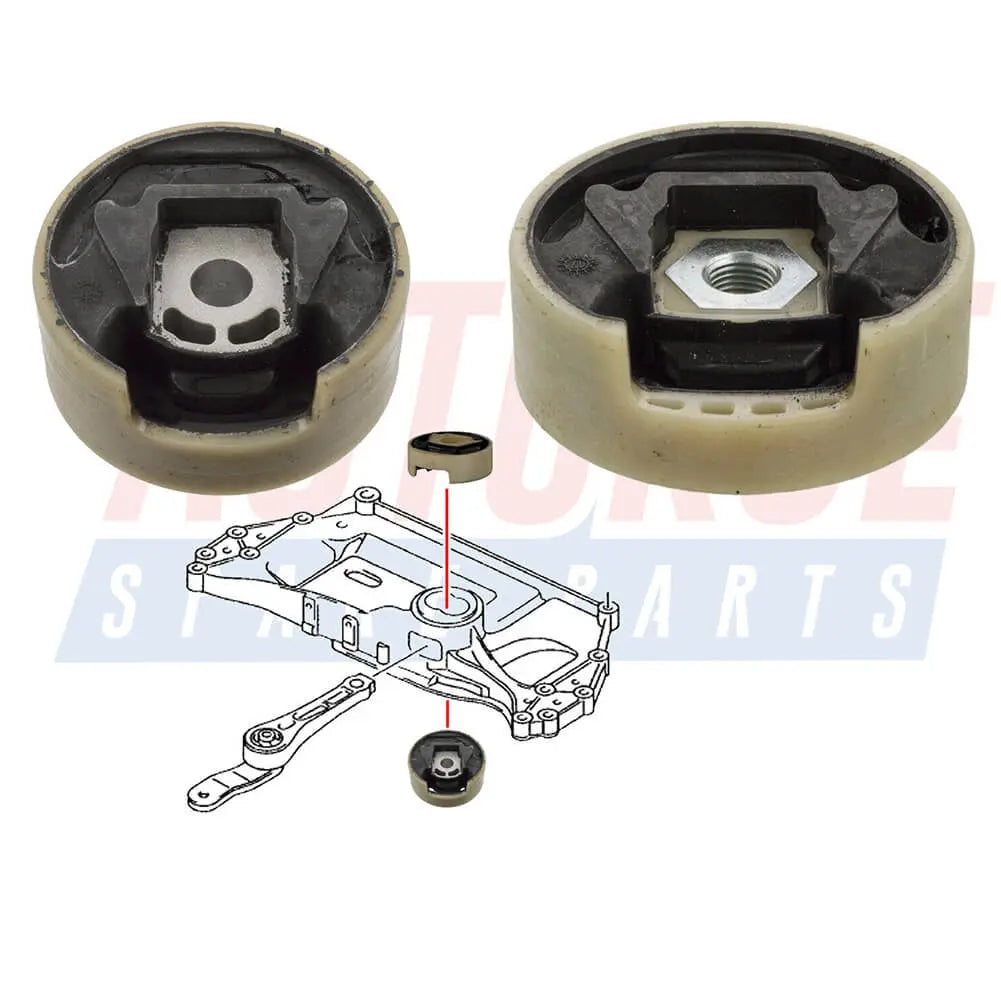
Lower Upper Set Engine Mounting For Skoda Octavia Superb Yeti (2004 - 2015) 1K0199867A, 1K0199868A
Sale price£16.99
No reviews
Sold out

Lower Upper Set Engine Mounting For Audi A3 Q3 TT (2003 - 2018) 1K0199867A, 1K0199868A, 3C0199867C
Sale price£16.99
No reviews
Sold out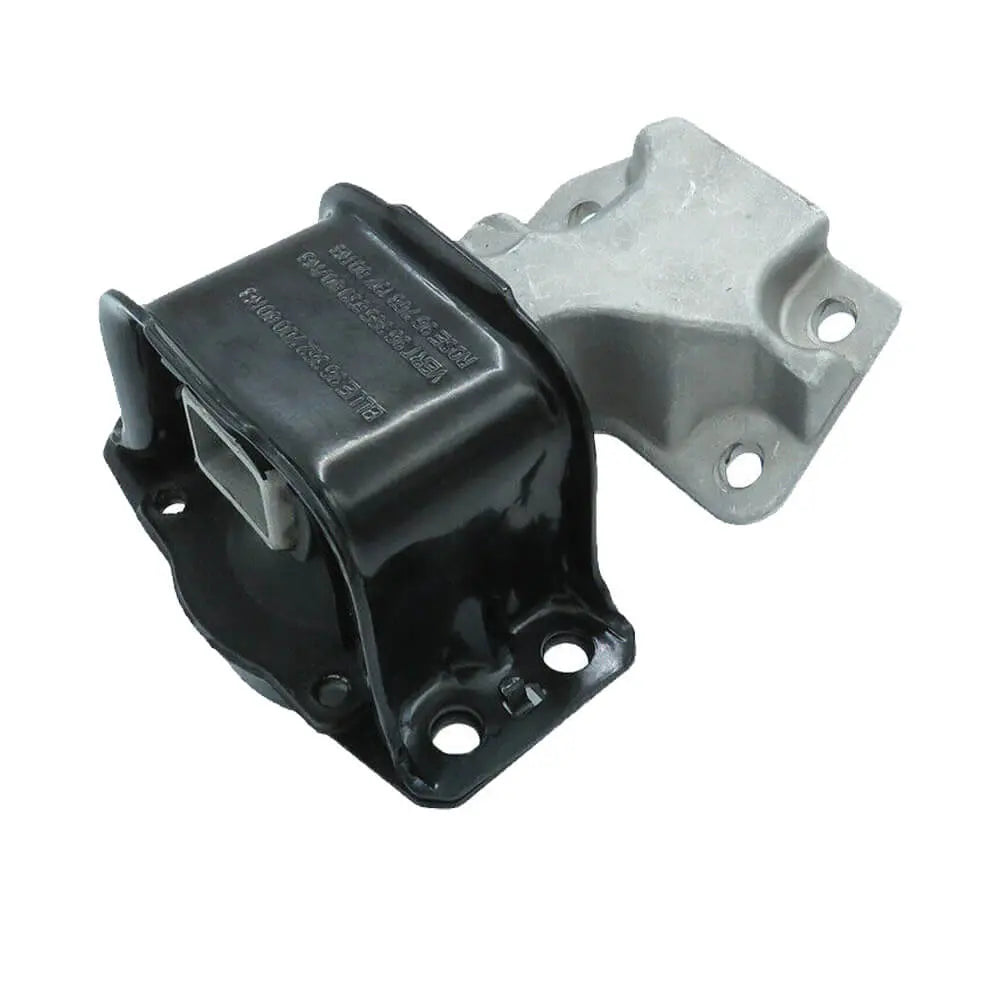
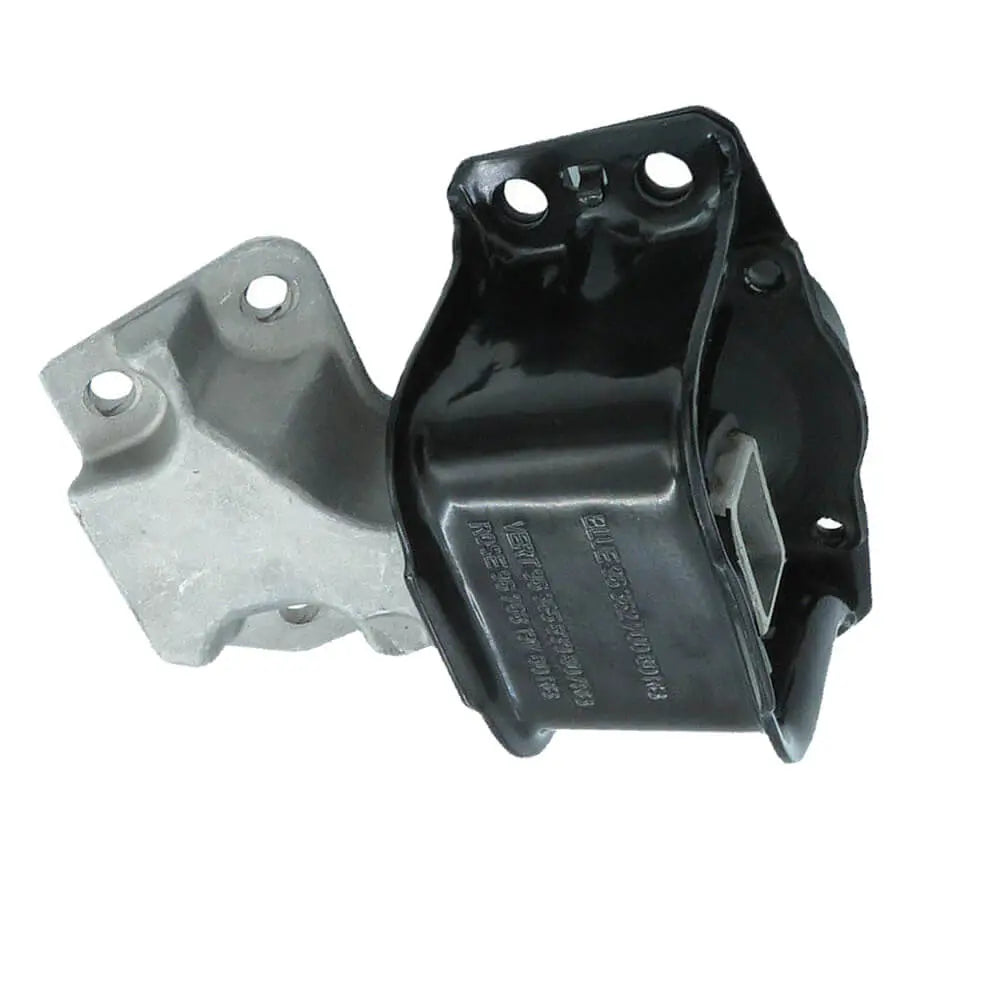
Top Right Engine Mounting For Citroen C4 Xsara 1.6 16V (2000 - 2011) - 1839H7, 183997
Sale price£33.90
No reviews
In stock

Top Right Engine Mounting For Peugeot 307 308 1.6 (2000 - 2014) - 1839H7, 183997
Sale price£34.90
No reviews
In stockSave £4.00
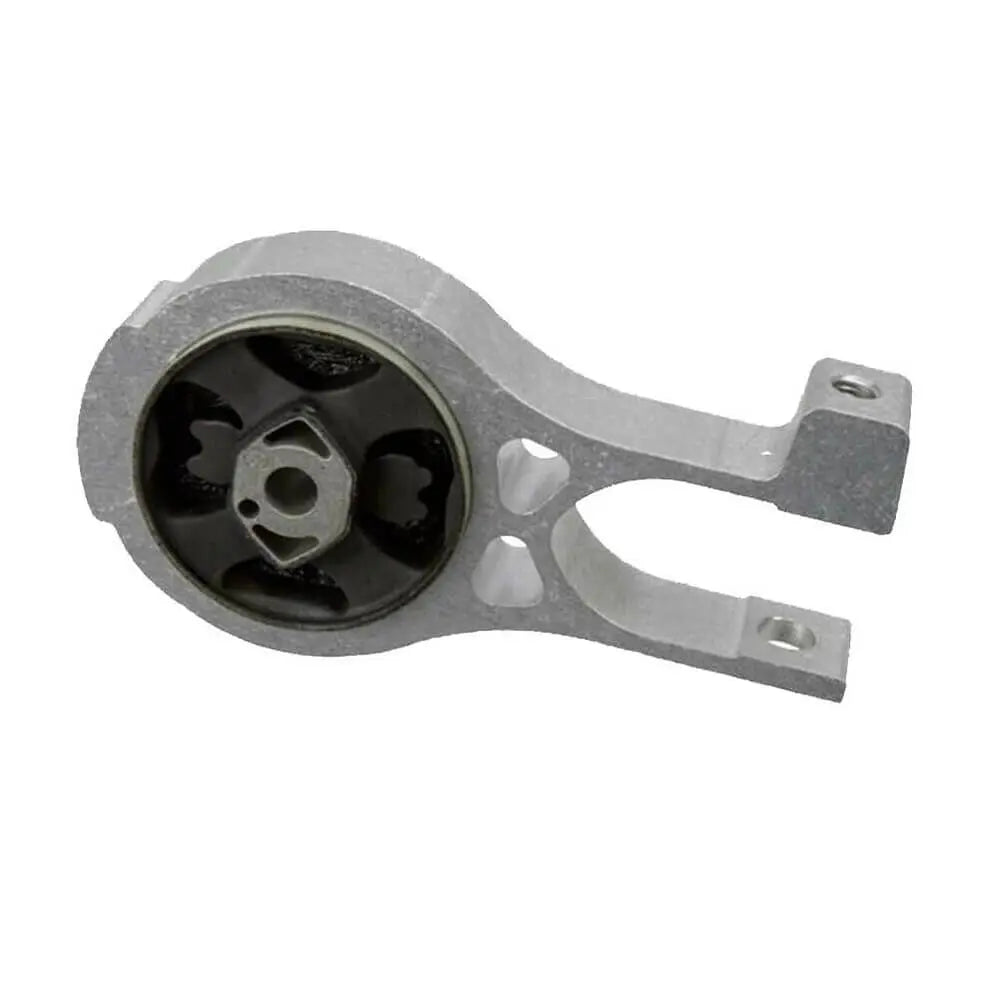
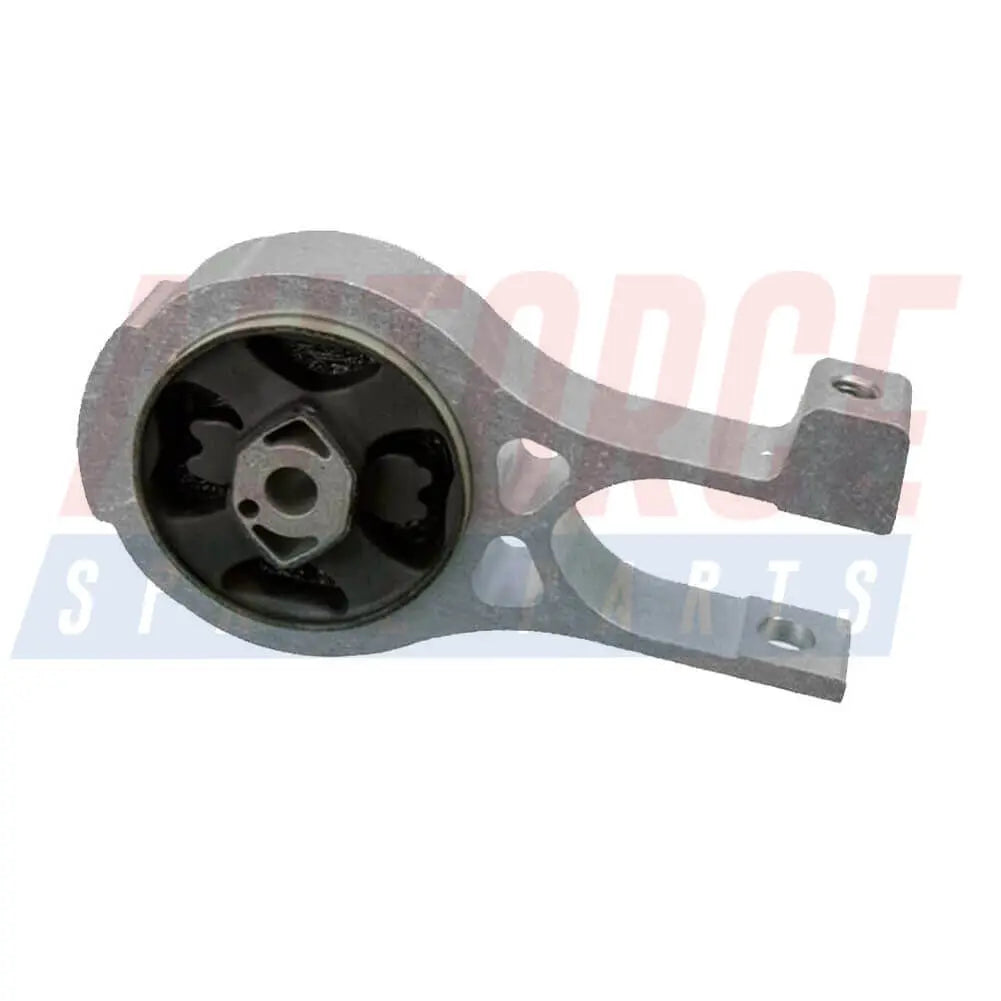
Rear Lower Engine Mount Mounting For Citroen C5 C8 Dispatch (2006 - Onwards) - 1806H4
Sale price£23.90
Regular price£27.90
No reviews
Hurry! Stock running out!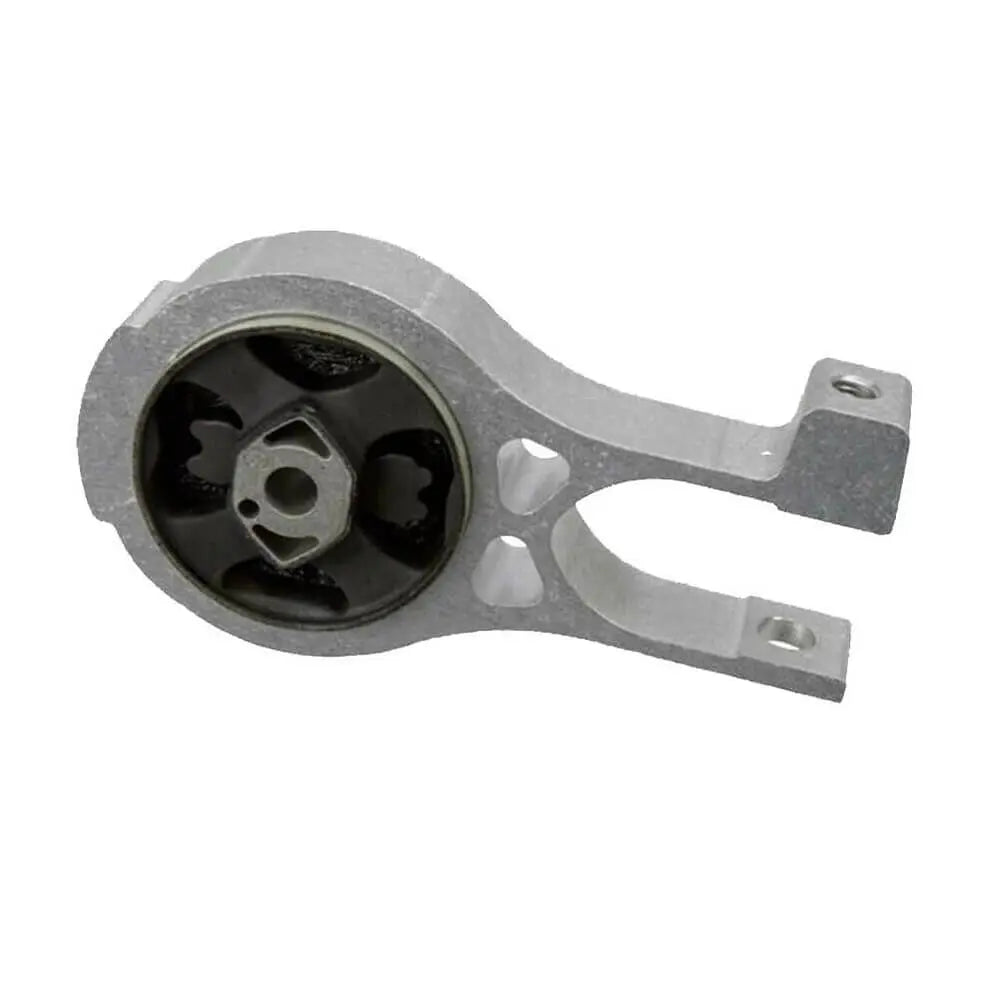

Rear Lower Engine Mount Mounting For Fiat Scudo II 2.0 D Multijet (2010 - Onwards) - 9683029080
Sale price£23.90
No reviews
Hurry! Stock running out!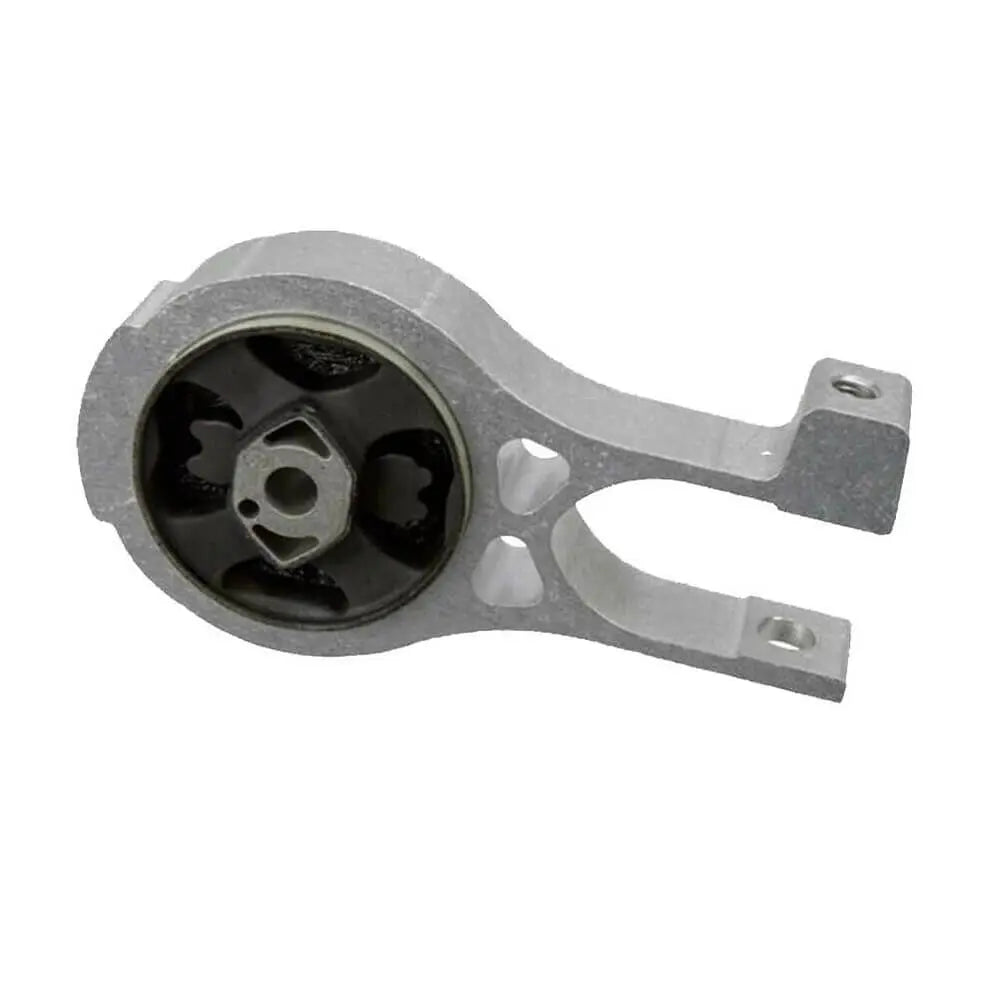
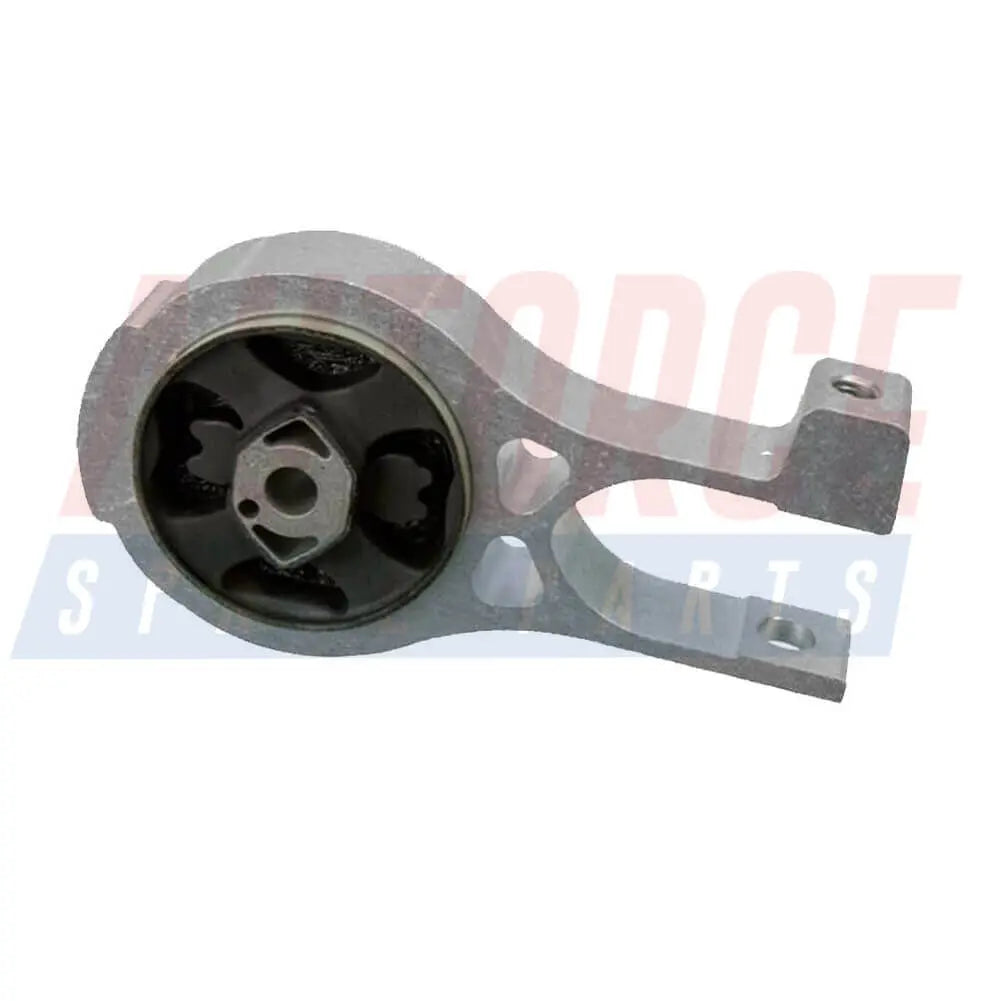
Rear Lower Engine Mount Mounting For Peugeot 407 508 807 Expert (2009 - Onwards) - 9683029080, 1806 H4
Sale price£23.90
No reviews
Hurry! Stock running out!
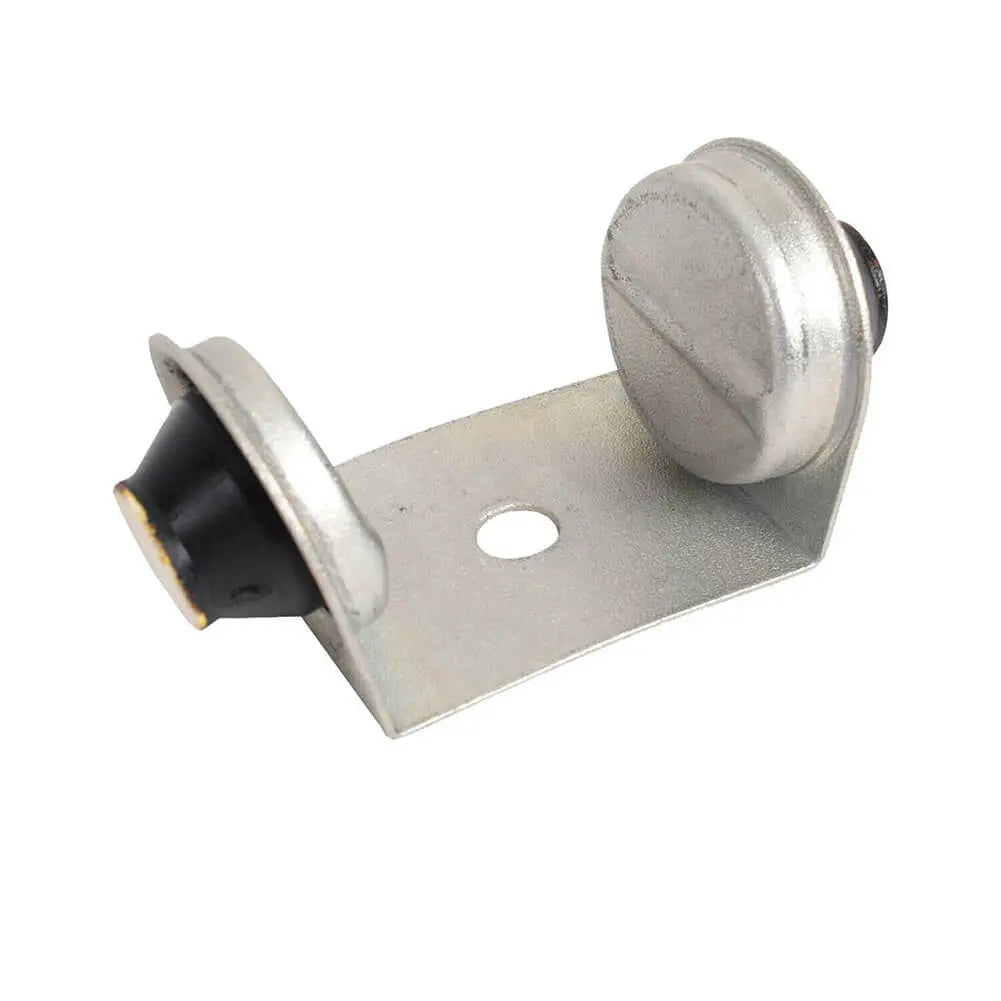
Top Engine Mount Rubber Buffer For Citroen Berlingo Xsara - 1844A7, 184488
Sale price£8.90
No reviews
Sold outSave £1.09
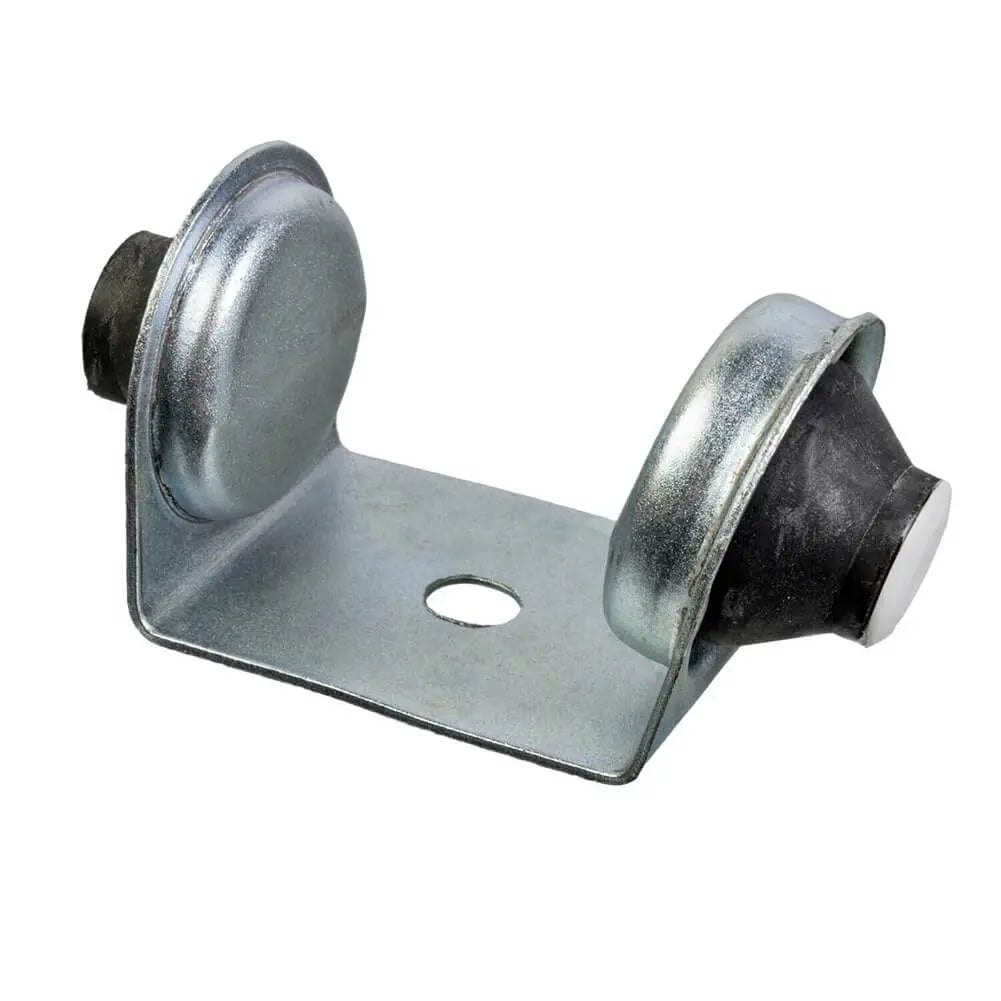

Top Engine Mount Rubber Buffer For Peugeot Partner I II (1996 - Onwards) - 1844A7, 184488
Sale price£8.90
Regular price£9.99
No reviews
Sold out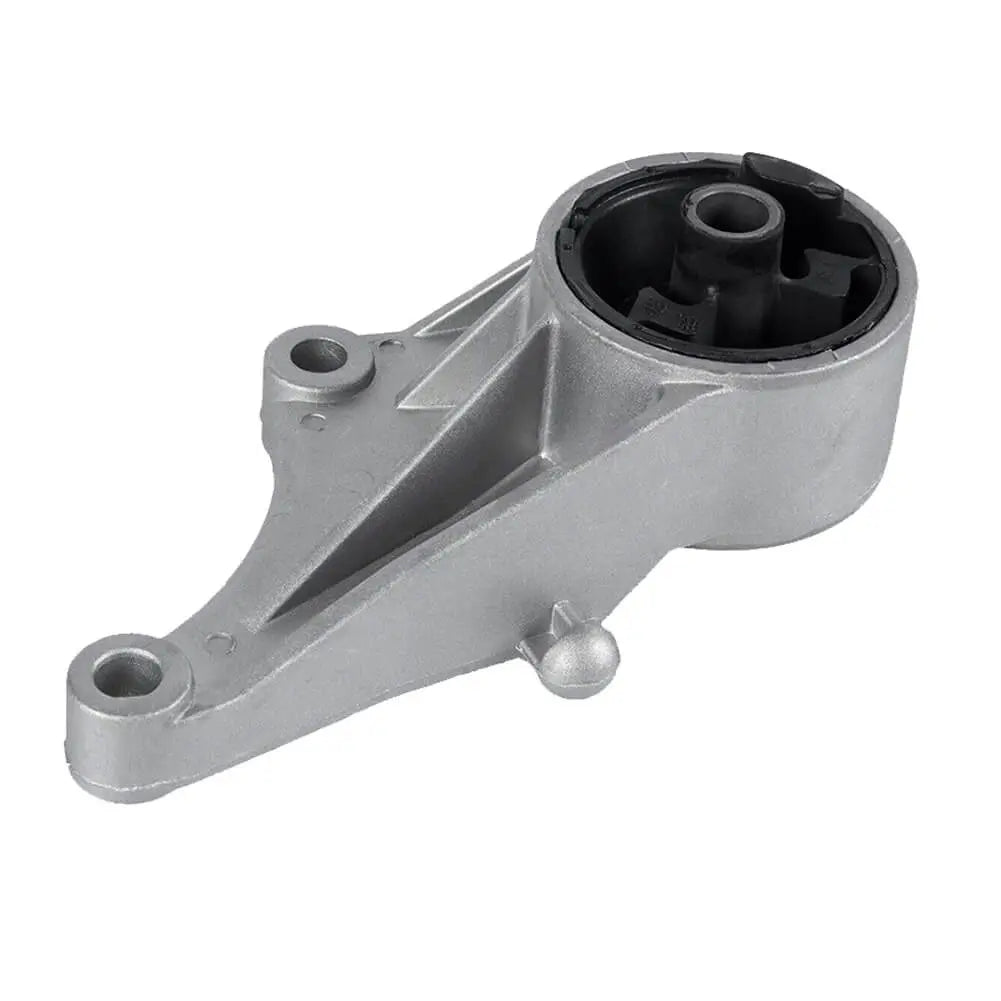
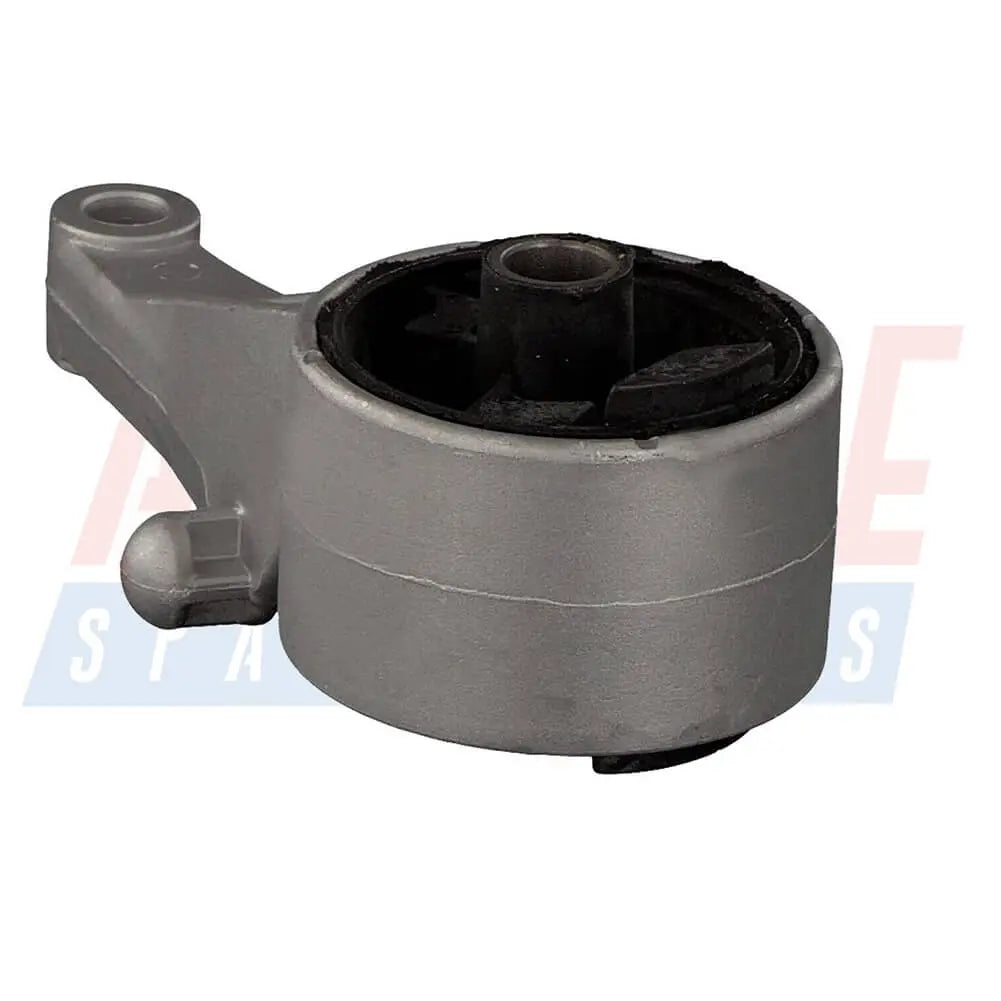
Front Engine Mount Manual For Vauxhall Astra Mk4 Astravan Mk4 1.6I 1.7 DTi 16V - 90576047
Sale price£15.90
No reviews
In stock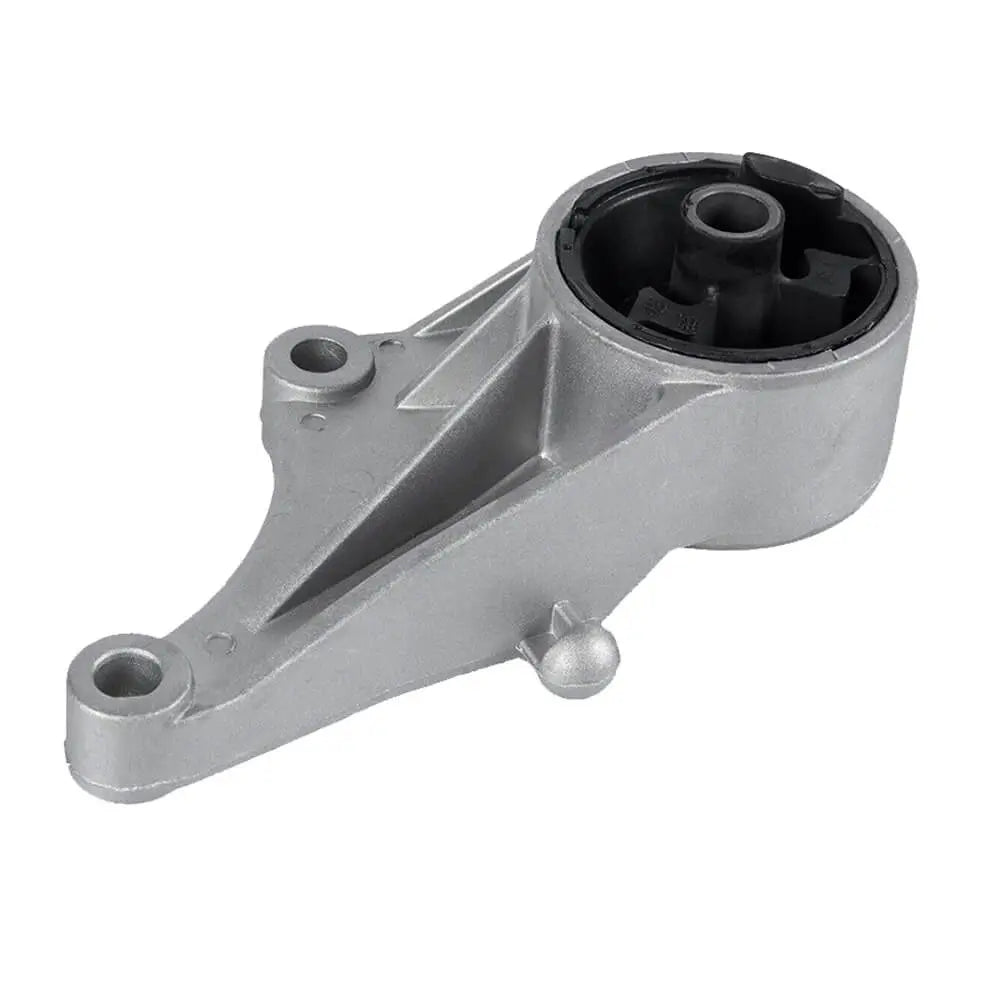

Front Engine Mount Manual For Opel Astra G 1.2 16V 1.6 1.7 CDTI / DTI / TD - 684692, 90576047
Sale price£15.90
No reviews
In stock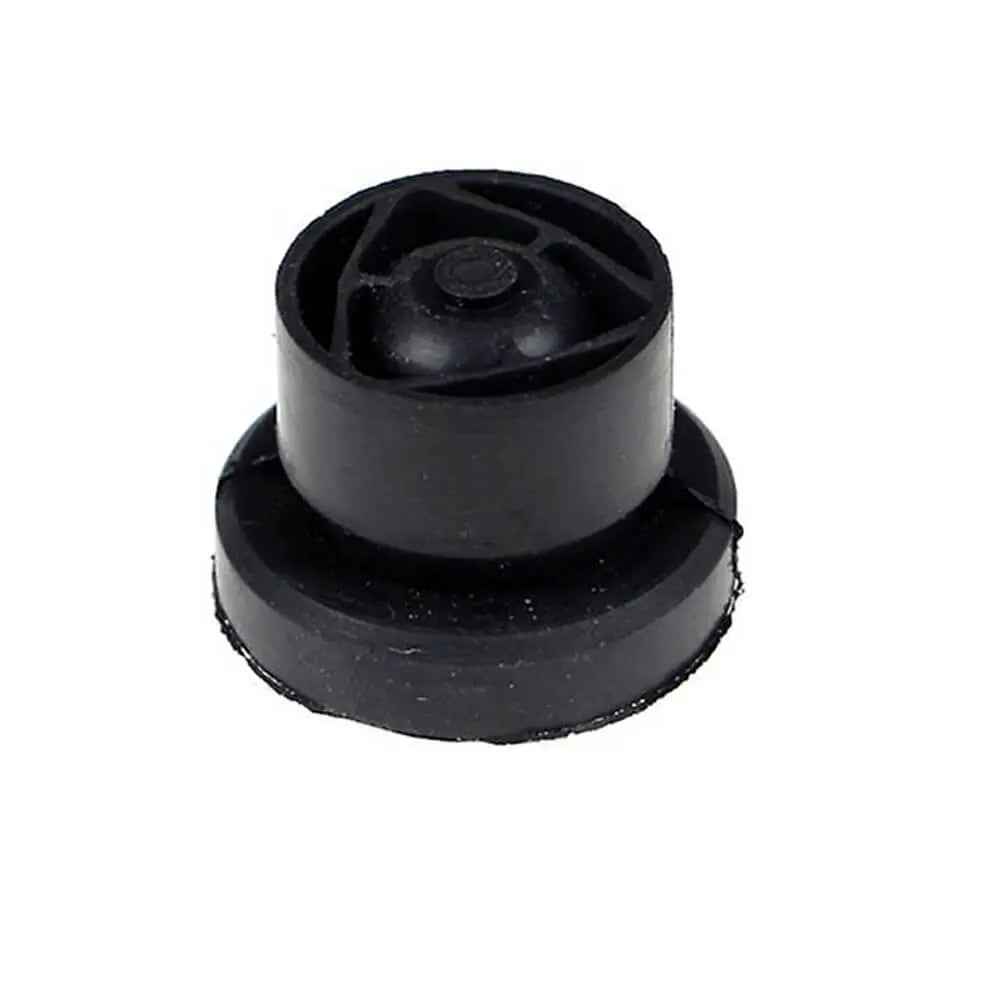

Engine Cover Bushing Retainer For Opel Astra Combo Corsa Meriva - 24453627, 5850765
Sale price£3.90
No reviews
In stockSave £1.09
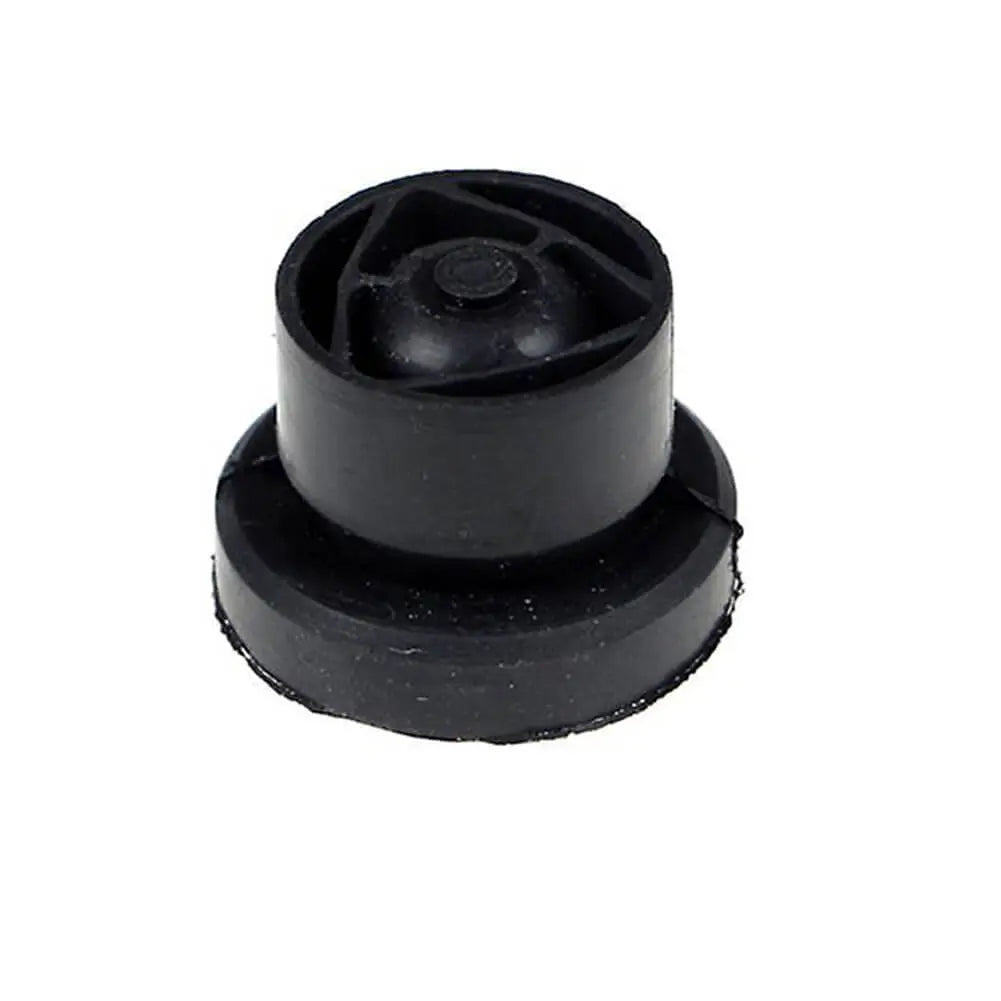
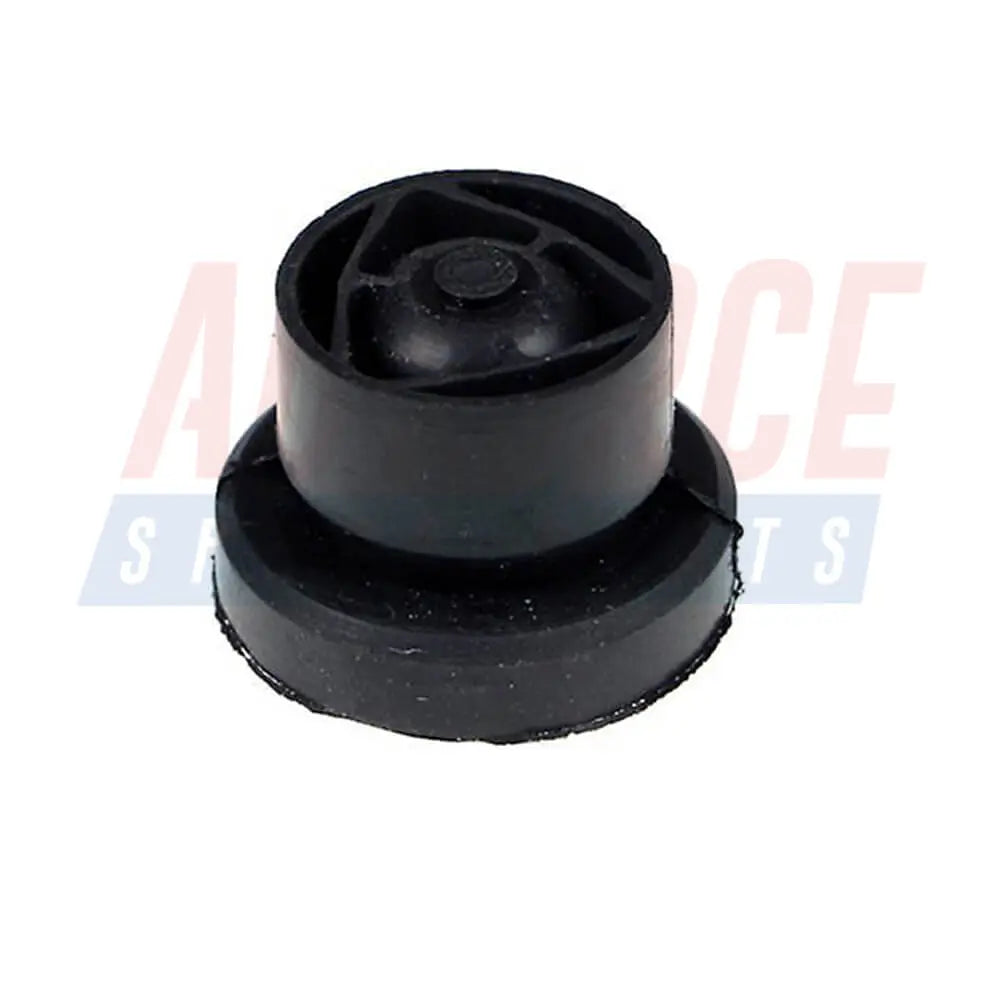
Engine Cover Bushing Retainer For Peugeot Bipper For Citroen Nemo - 1555641, 5850765
Sale price£3.90
Regular price£4.99
No reviews
In stock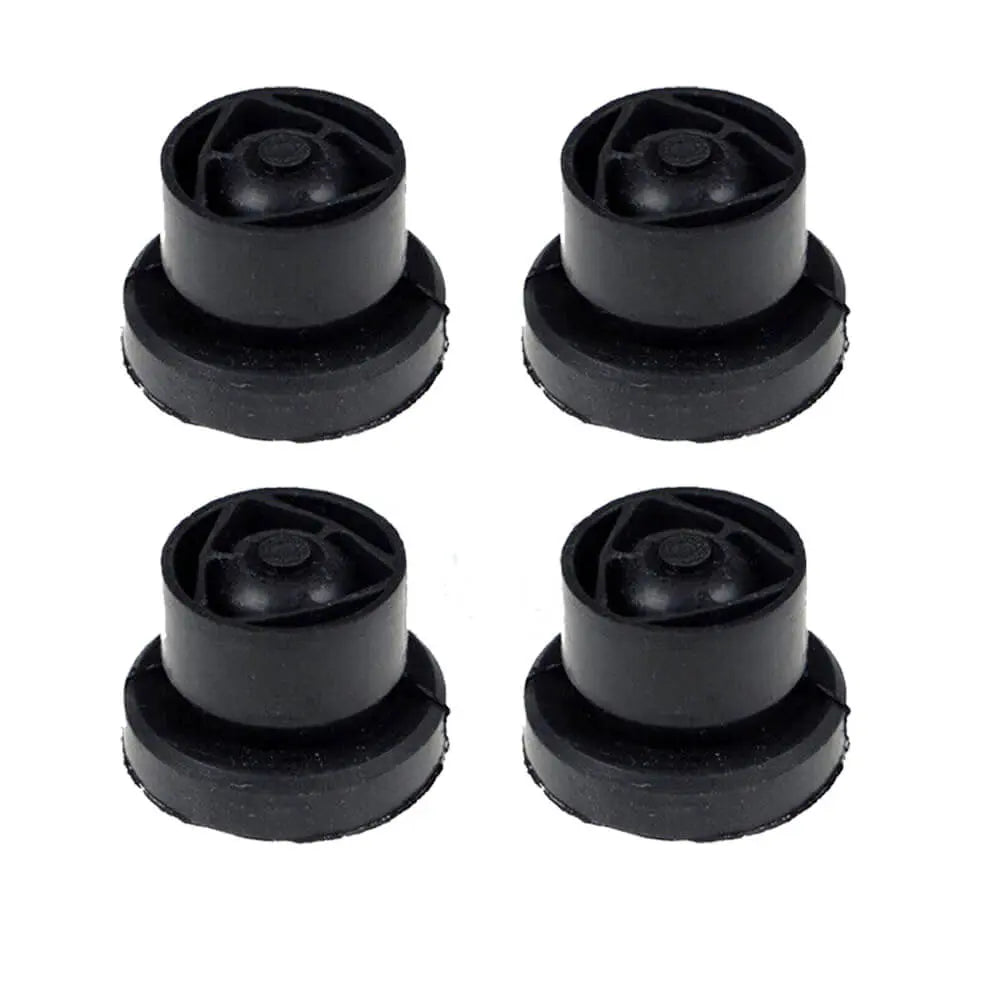

4 Pcs Engine Cover Bushing Retainer For Opel Astra Combo Corsa Meriva - 24453627, 5850765
Sale price£11.90
No reviews
In stockSave £1.09
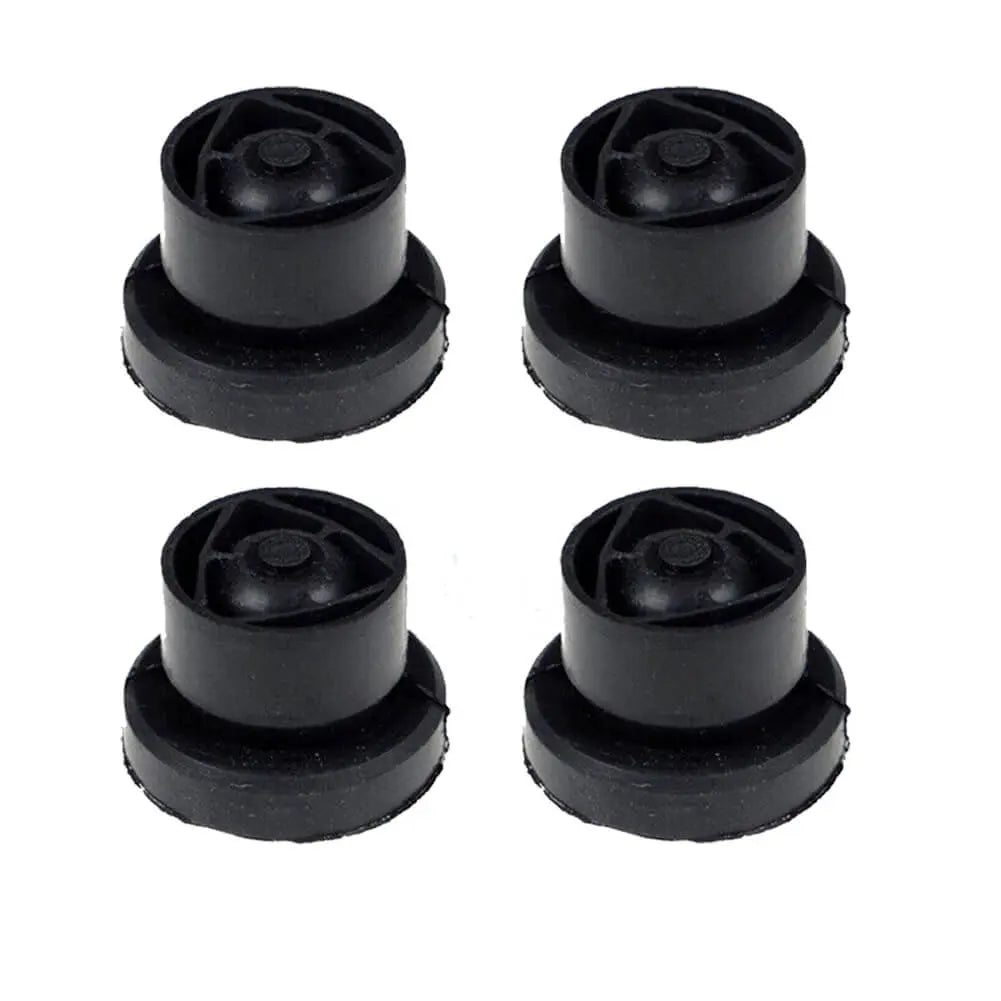
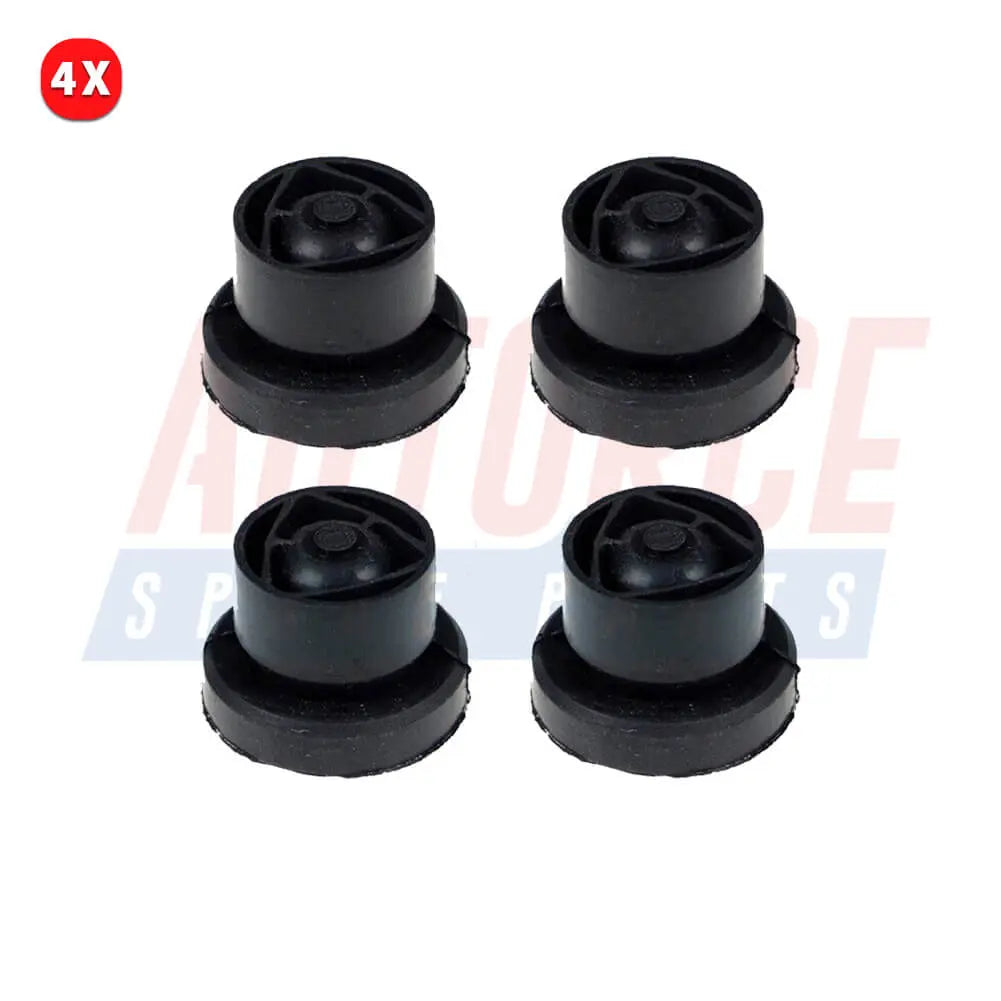
4 Pcs Engine Cover Bushing Retainer For Peugeot Bipper For Citroen Nemo - 1555641, 5850765
Sale price£11.90
Regular price£12.99
No reviews
In stock
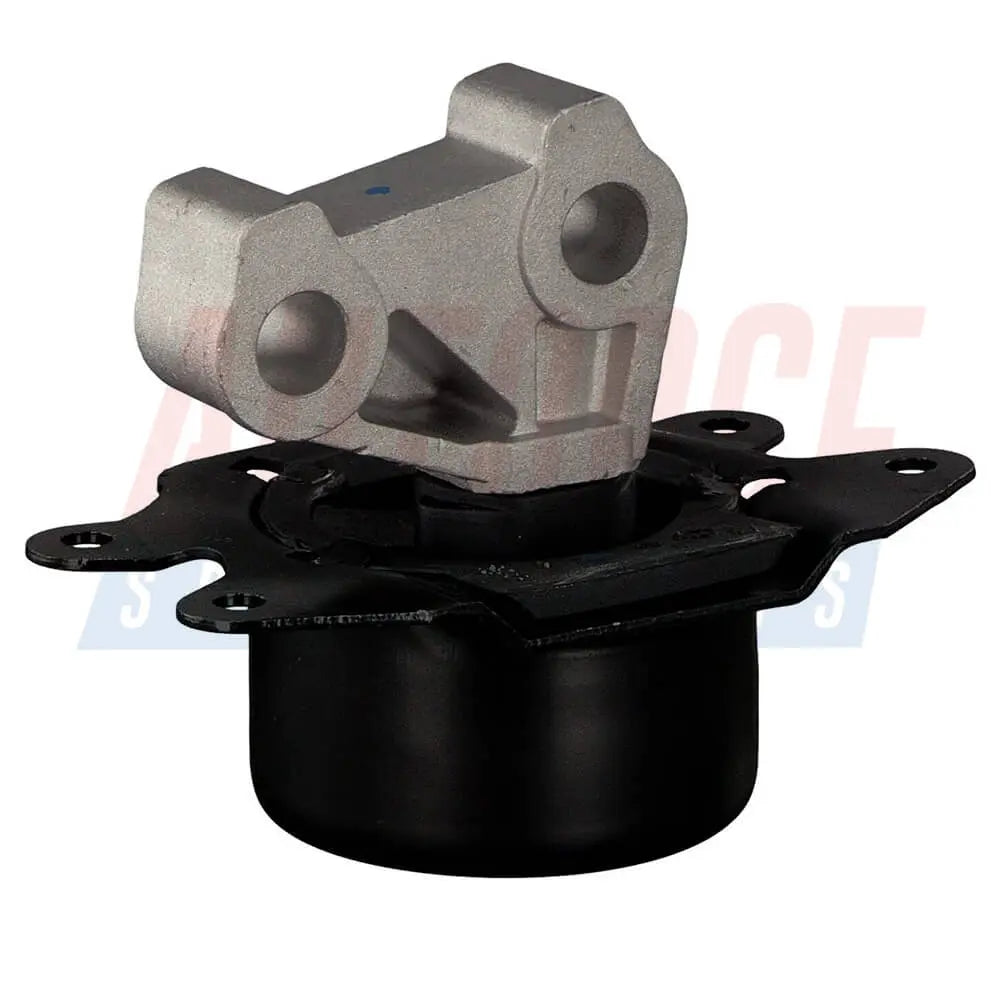
Front Engine Mounting For Opel Corsa Combo Meriva Tigra (2000 - Onwards) - 05684761
Sale price£31.90
No reviews
In stock
Filters (0)

